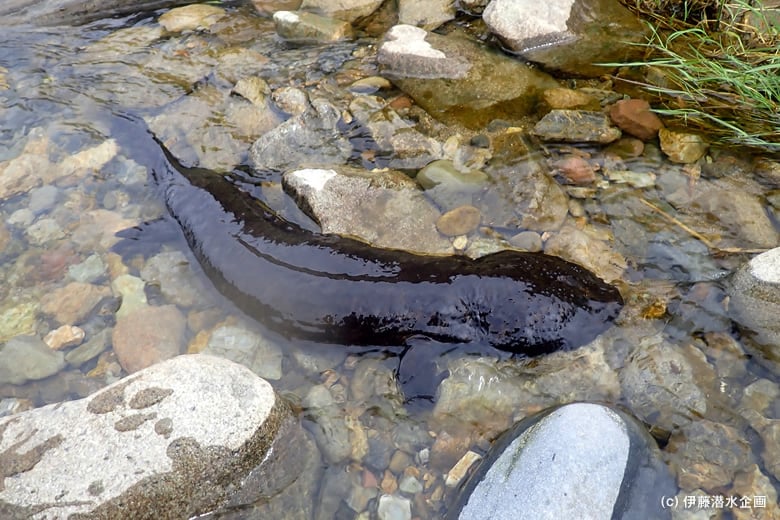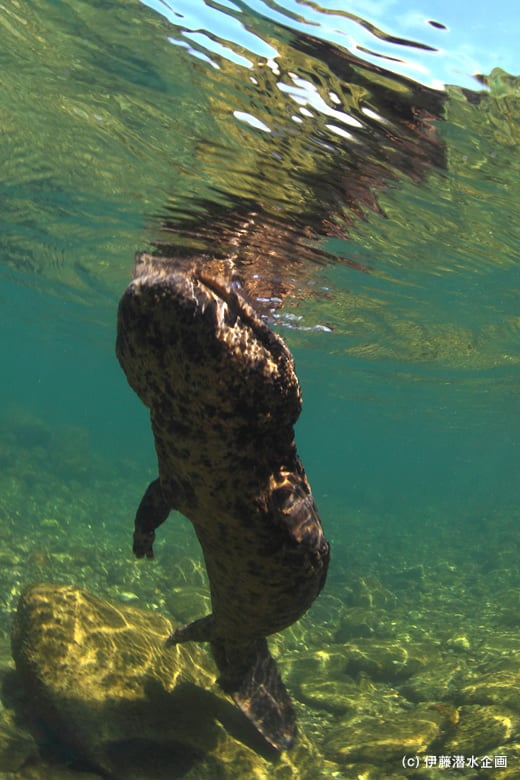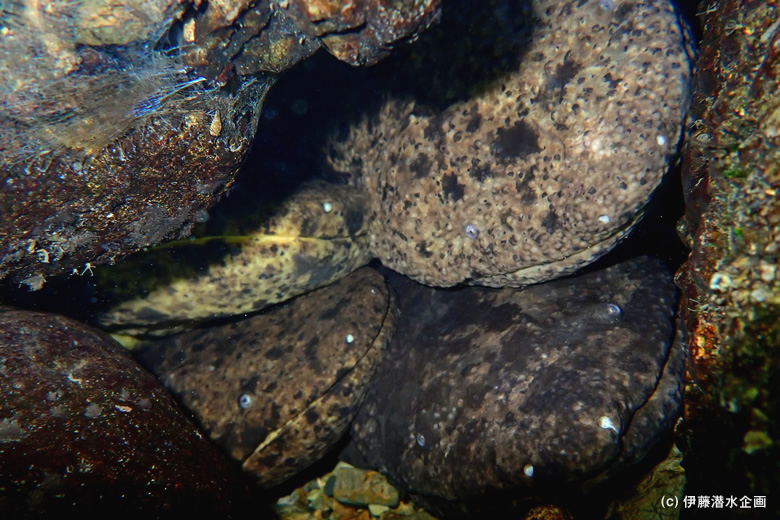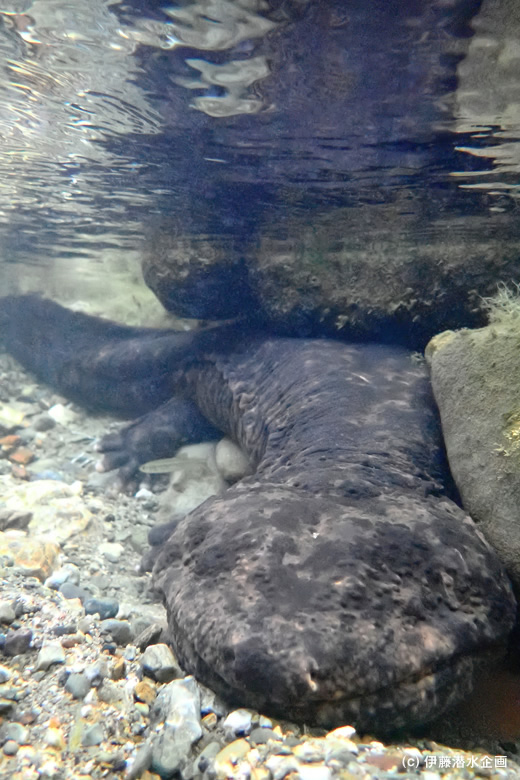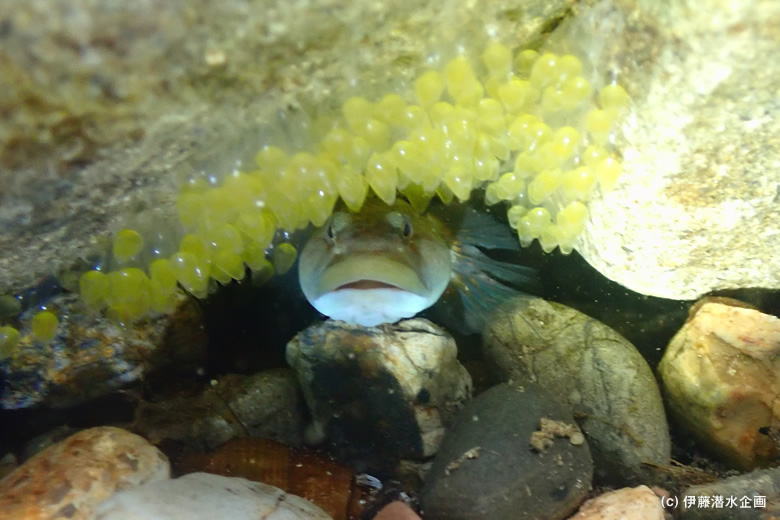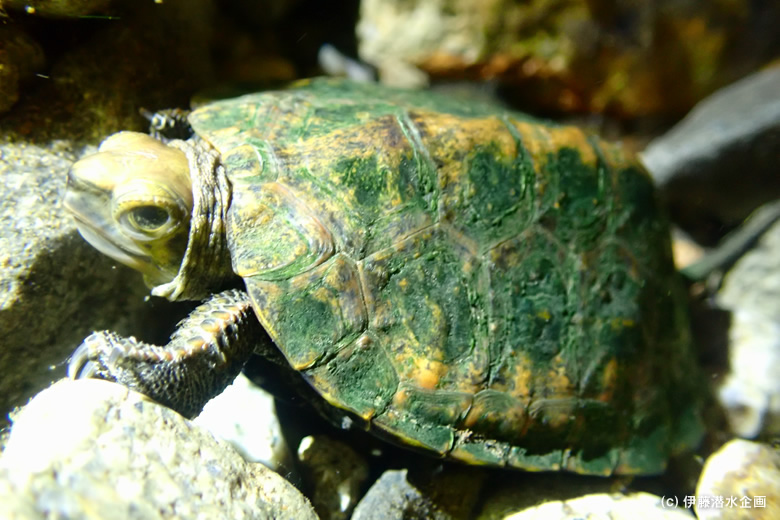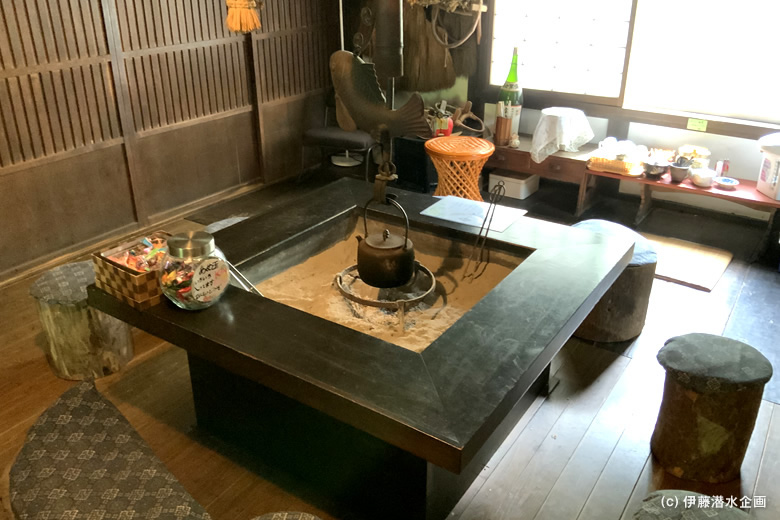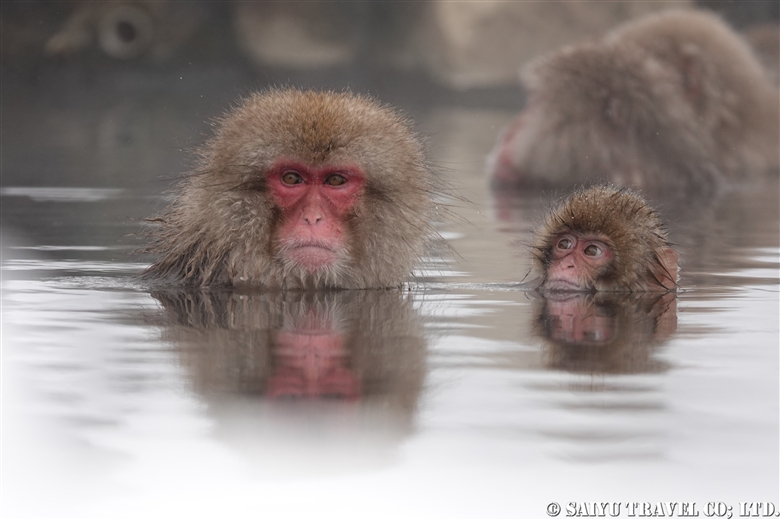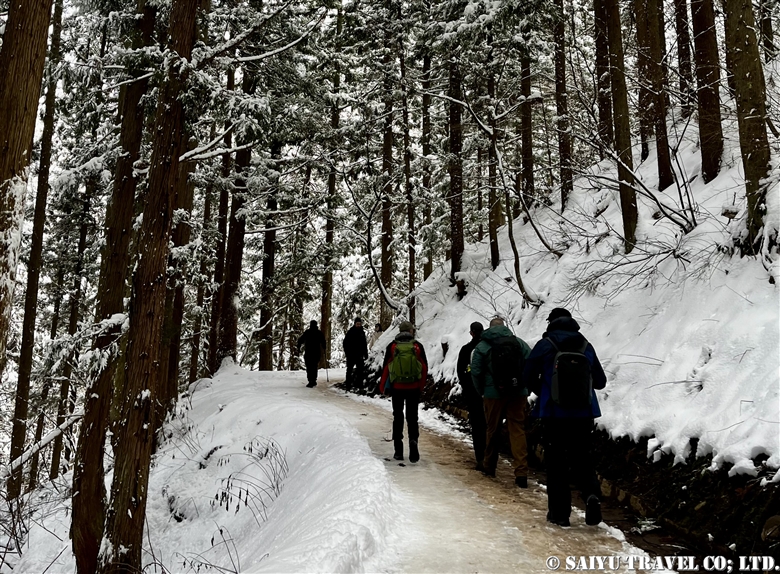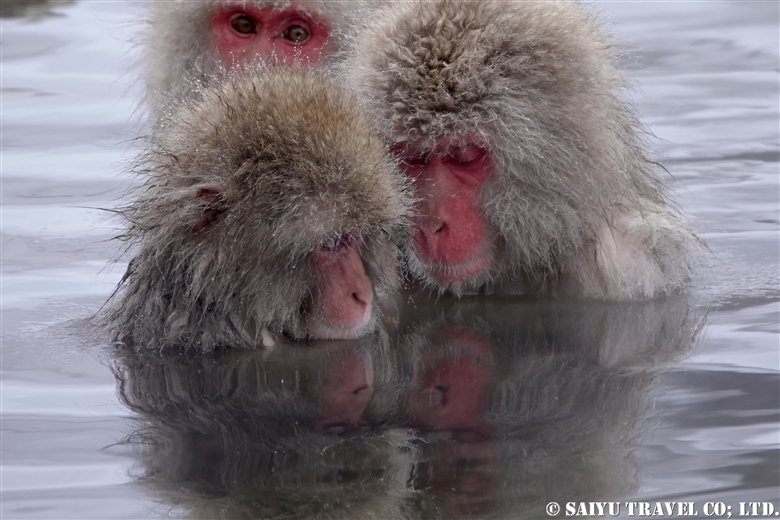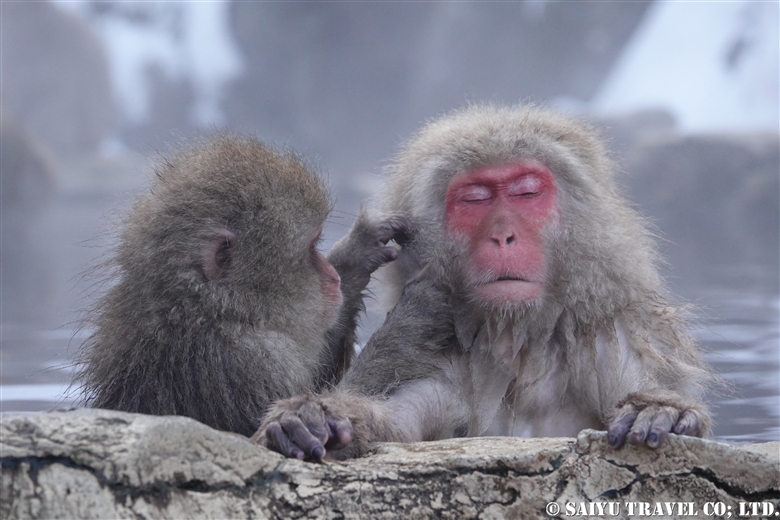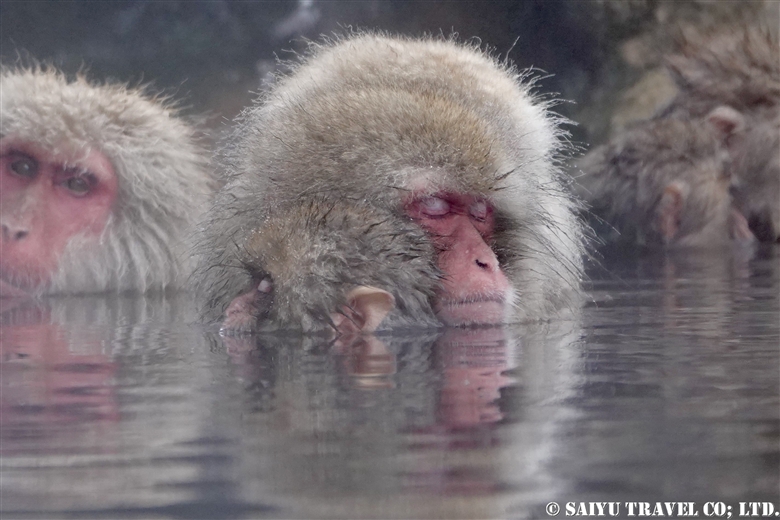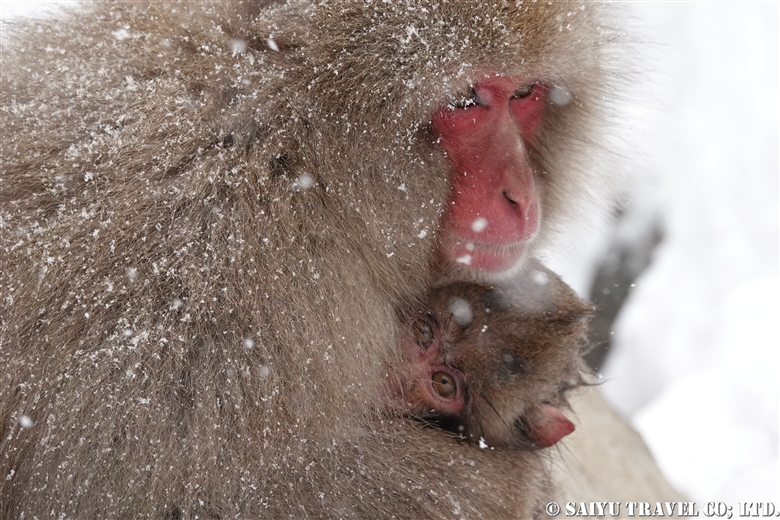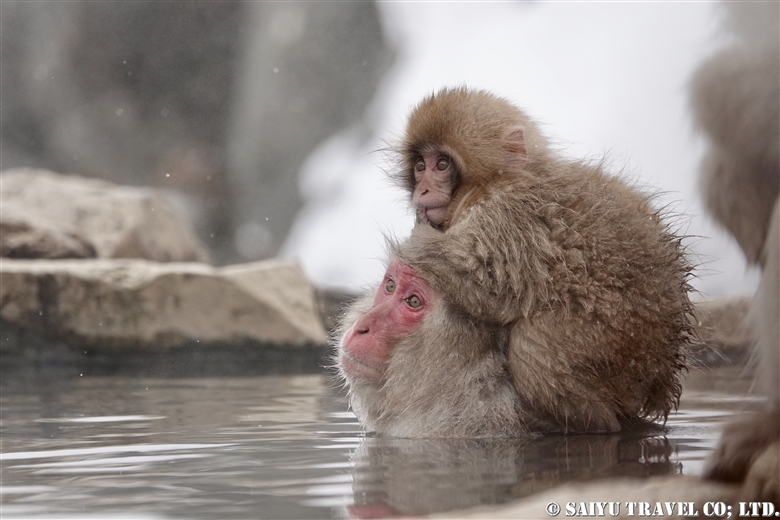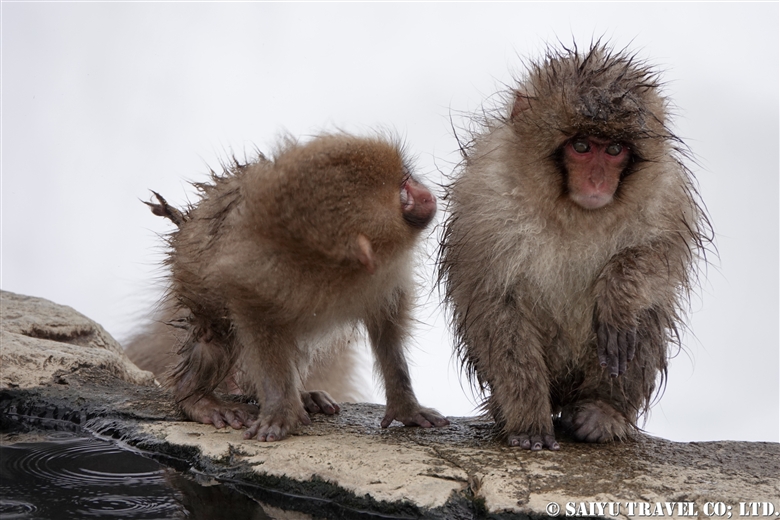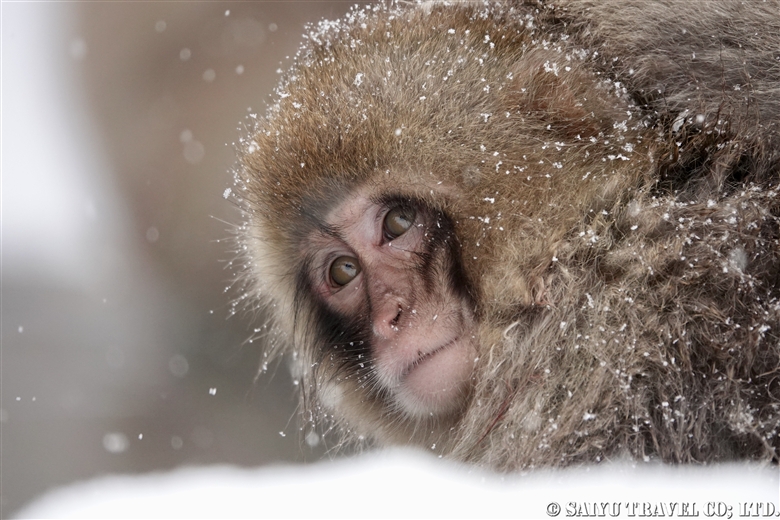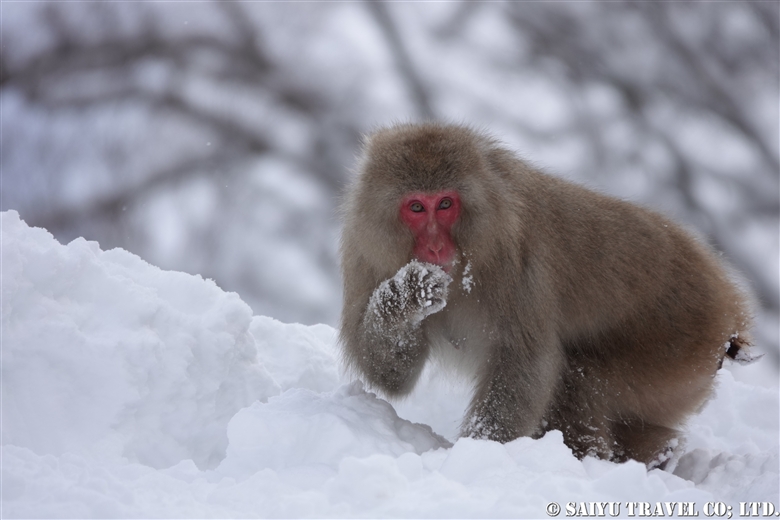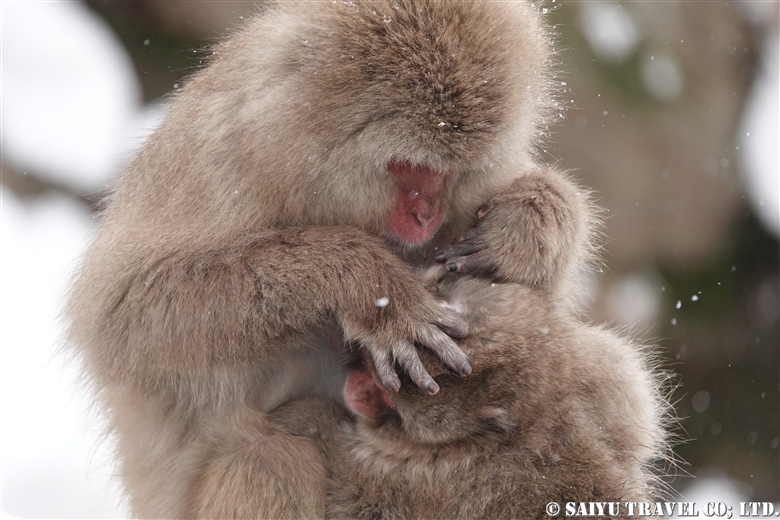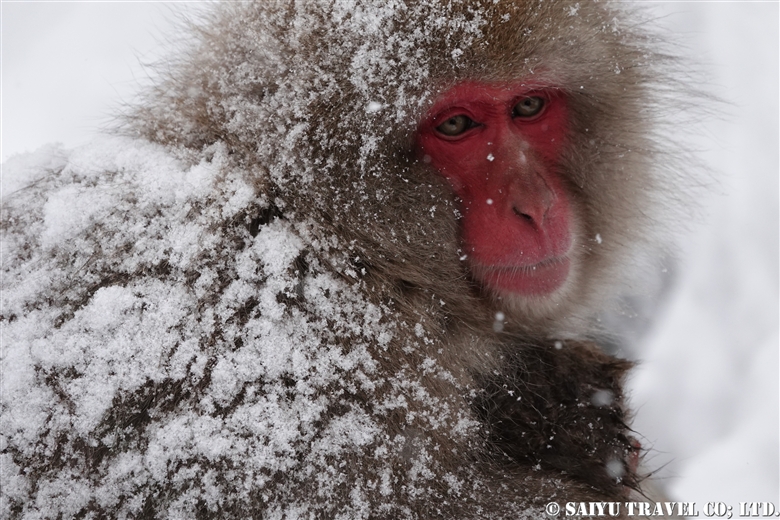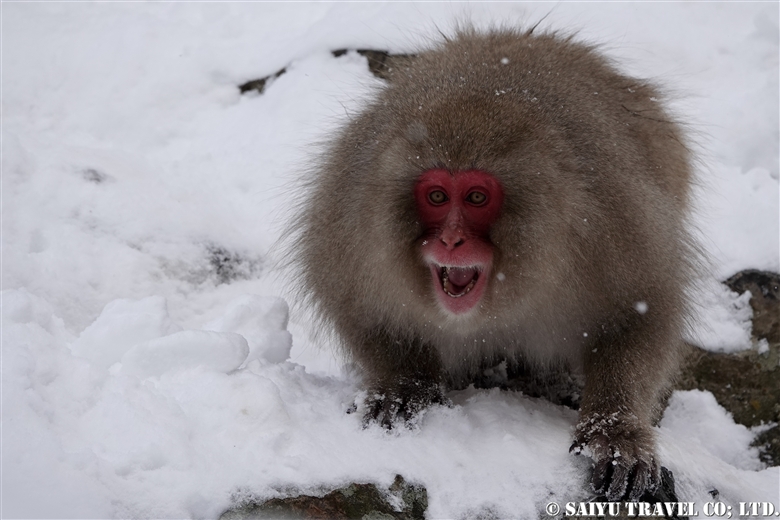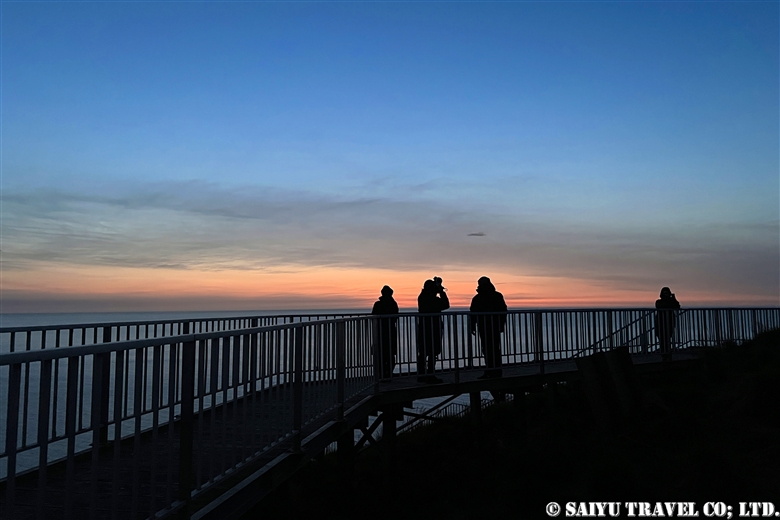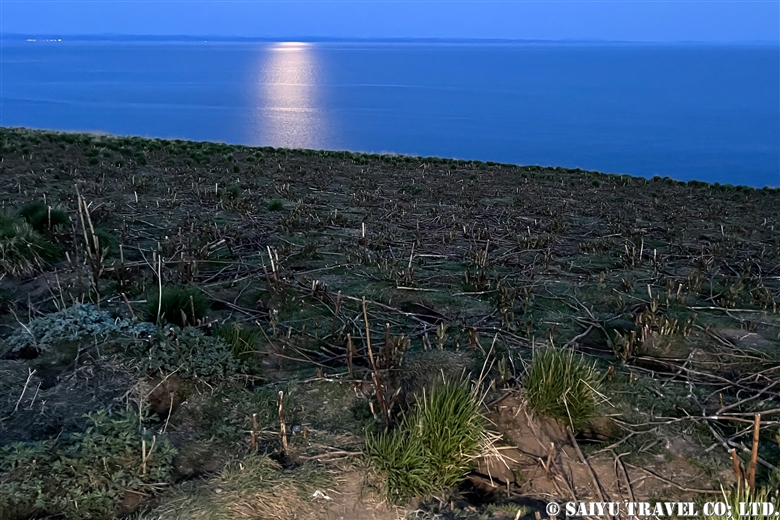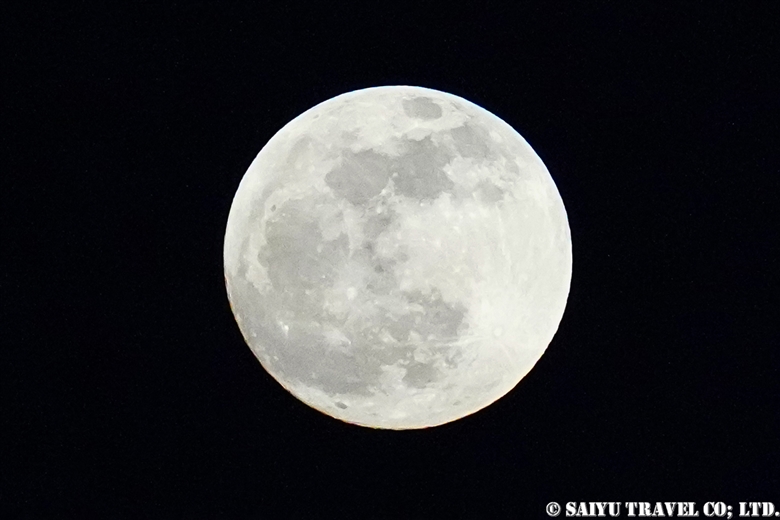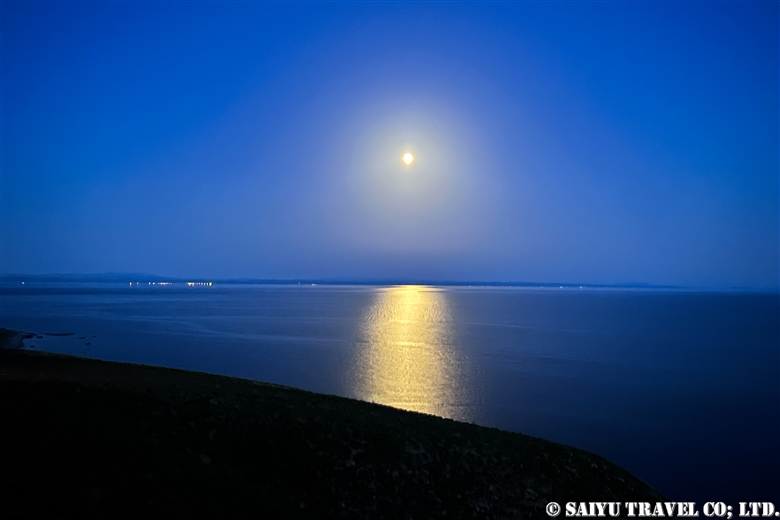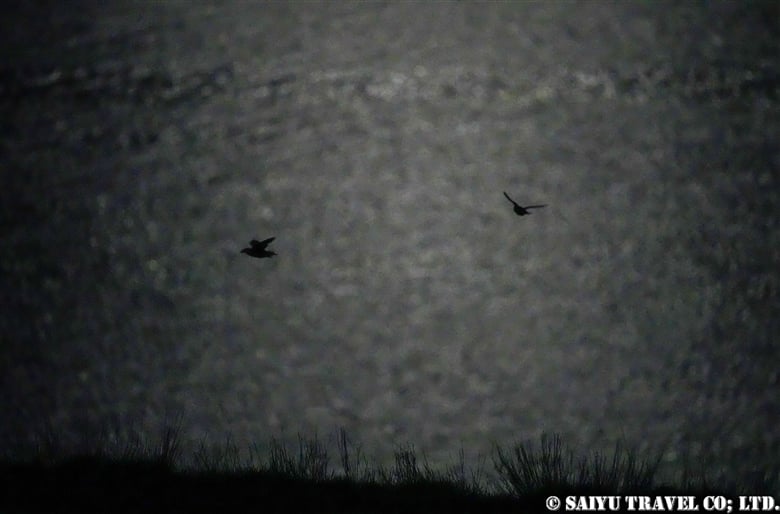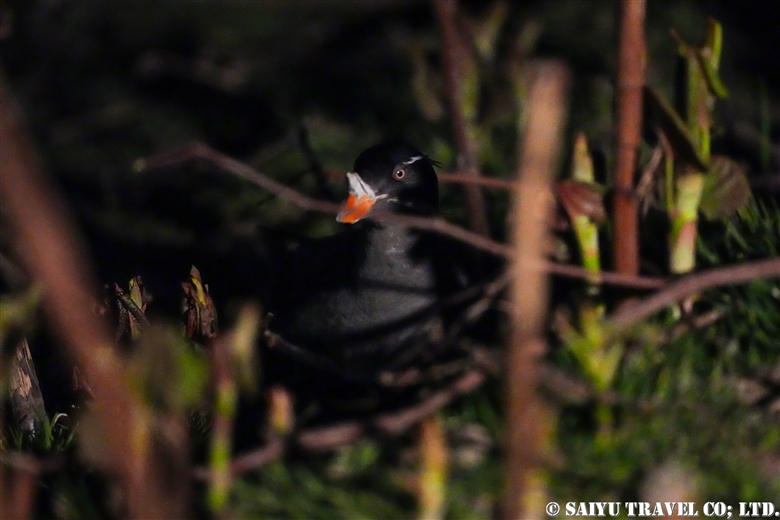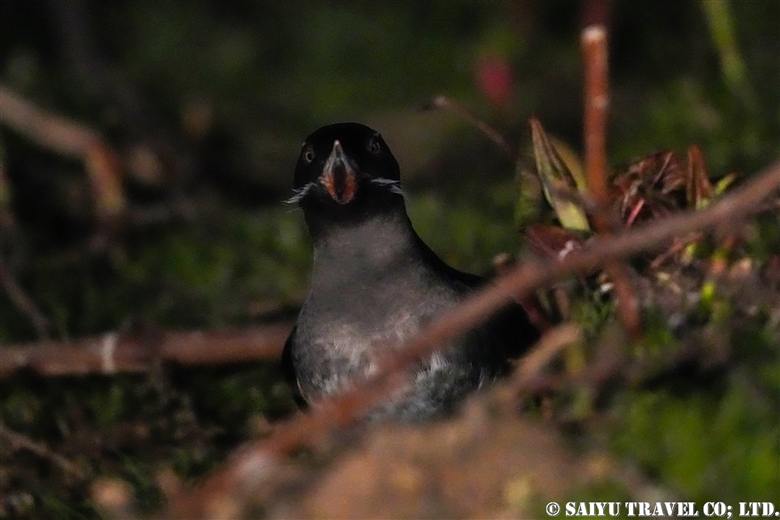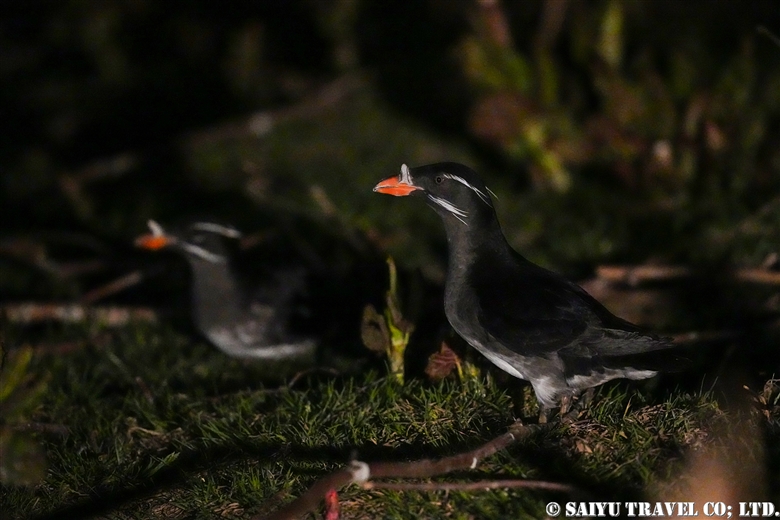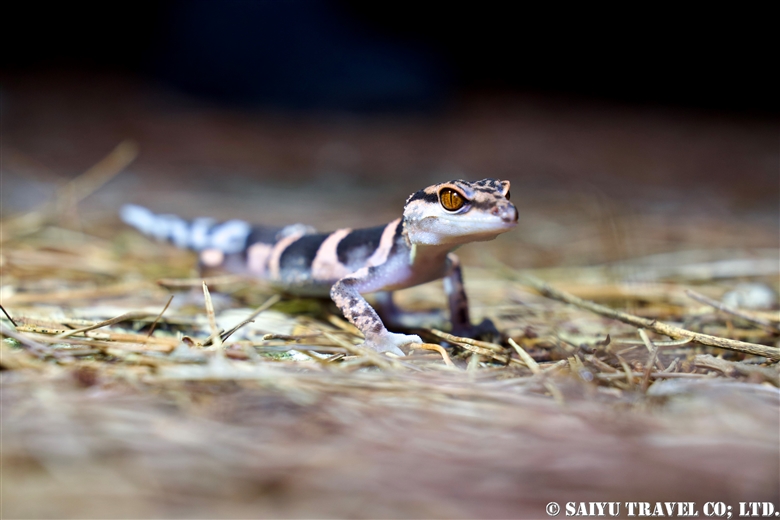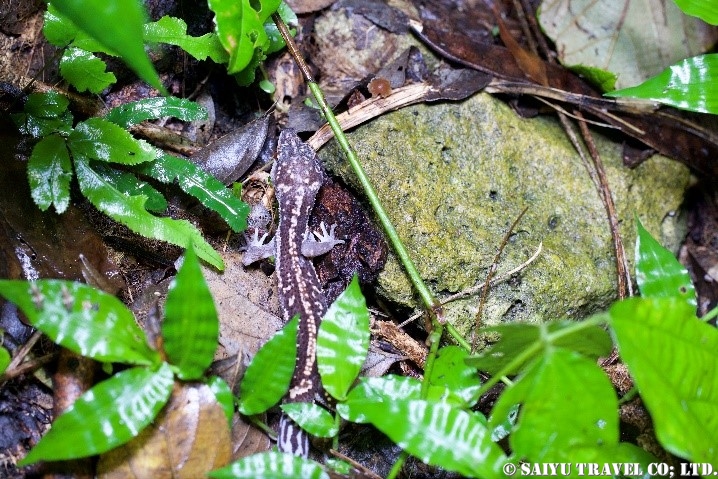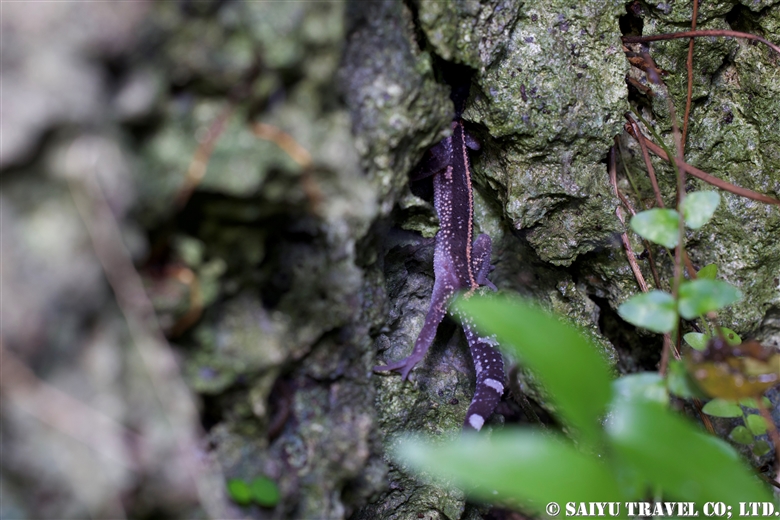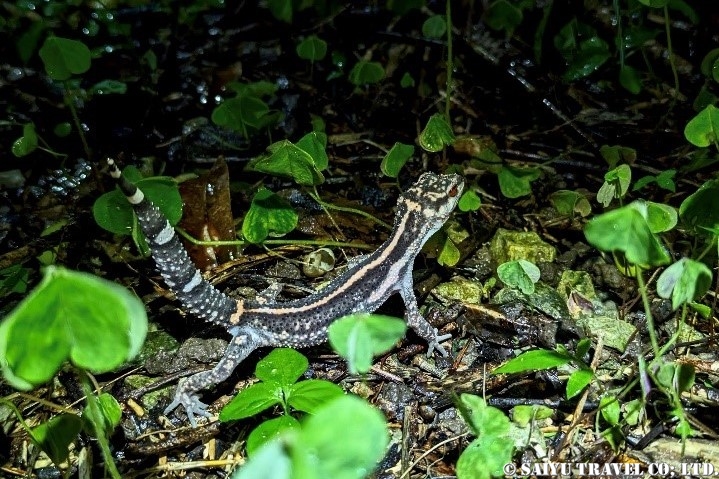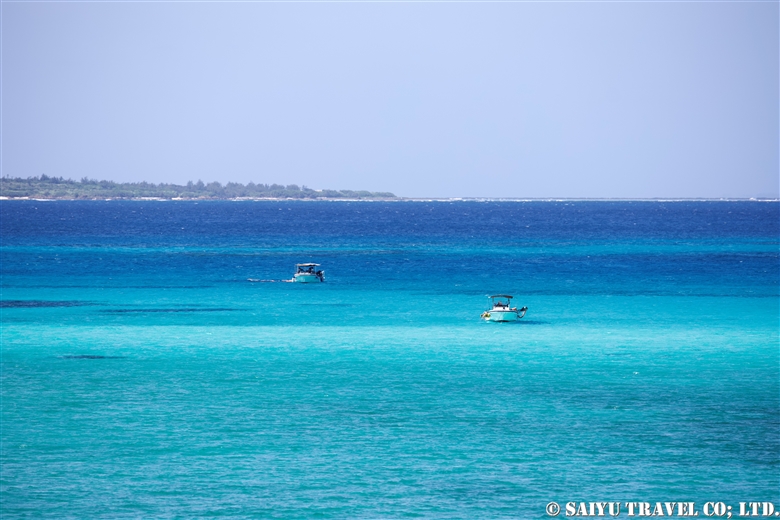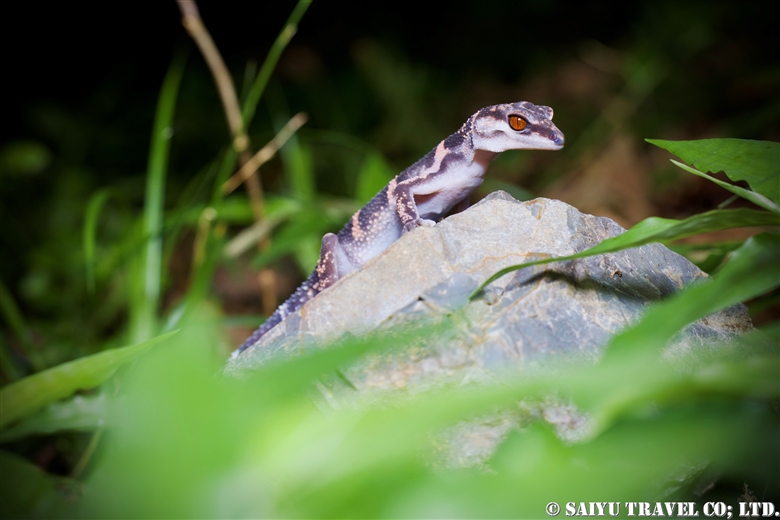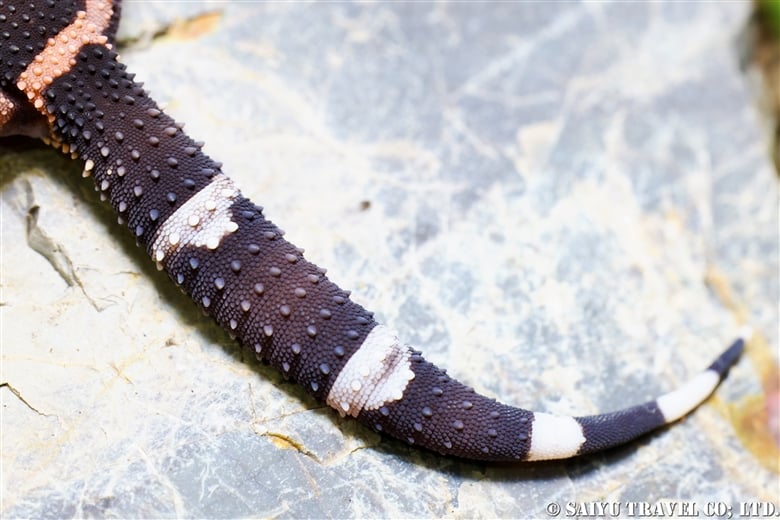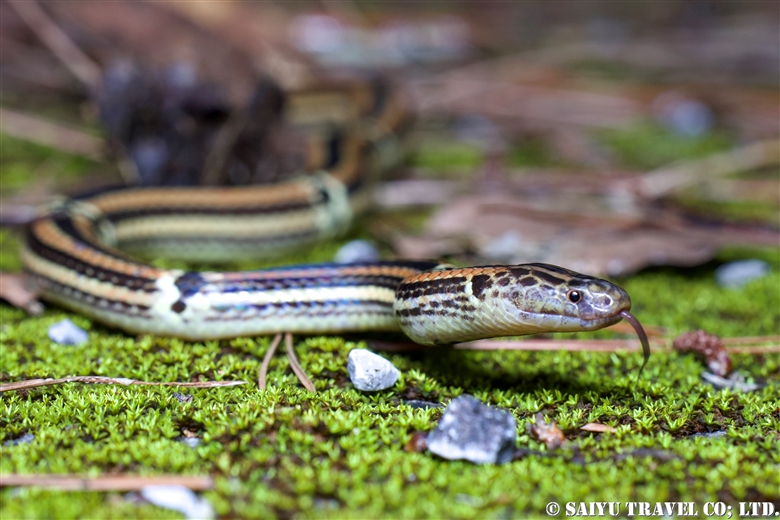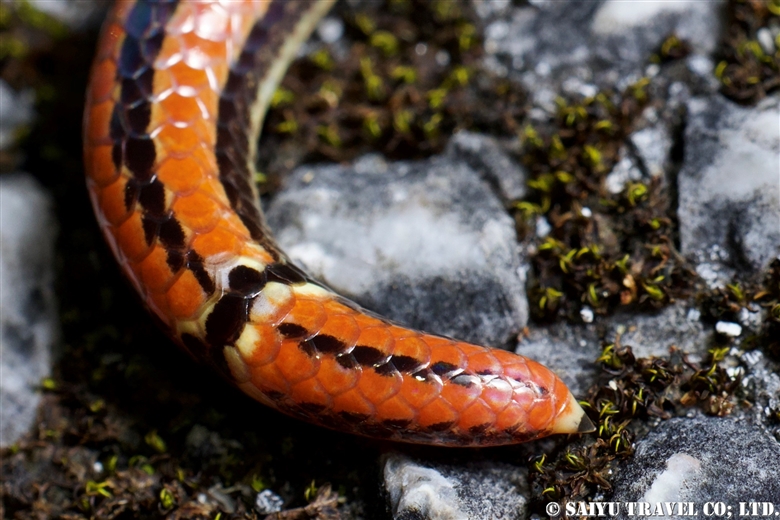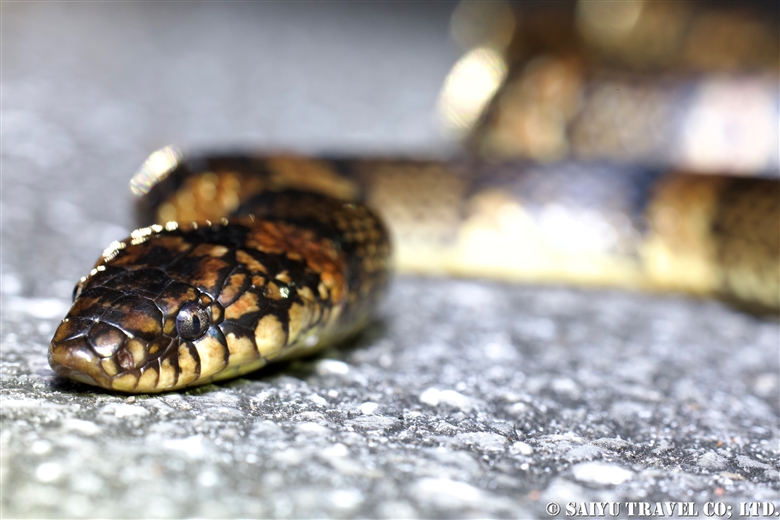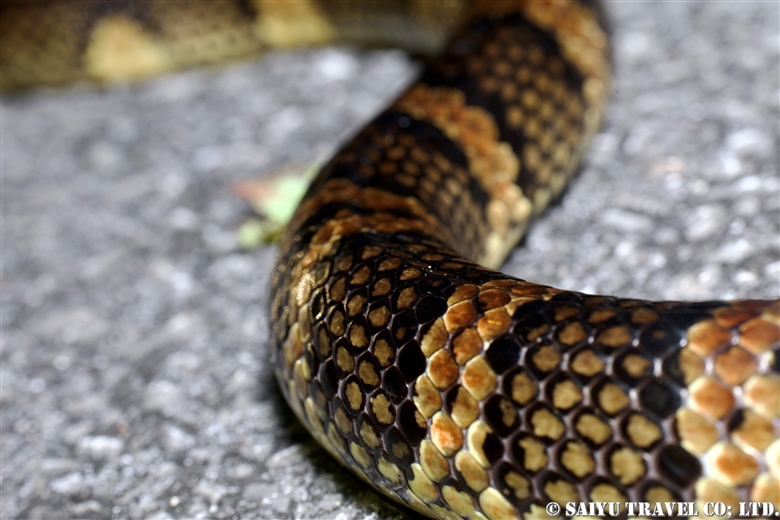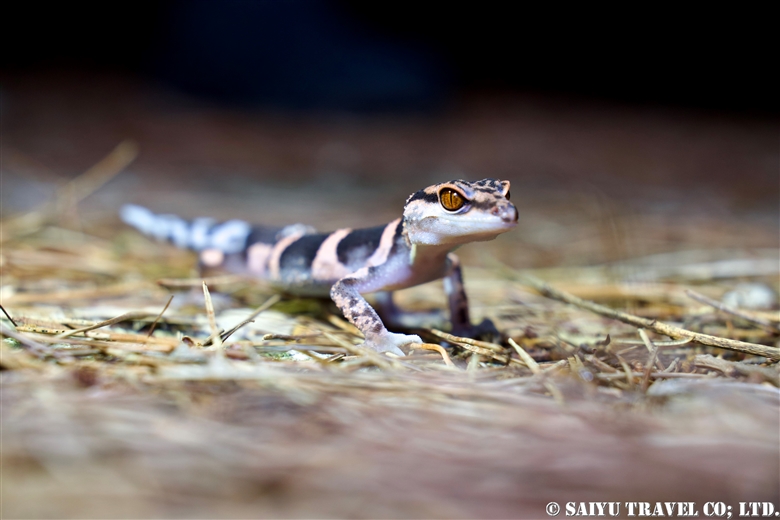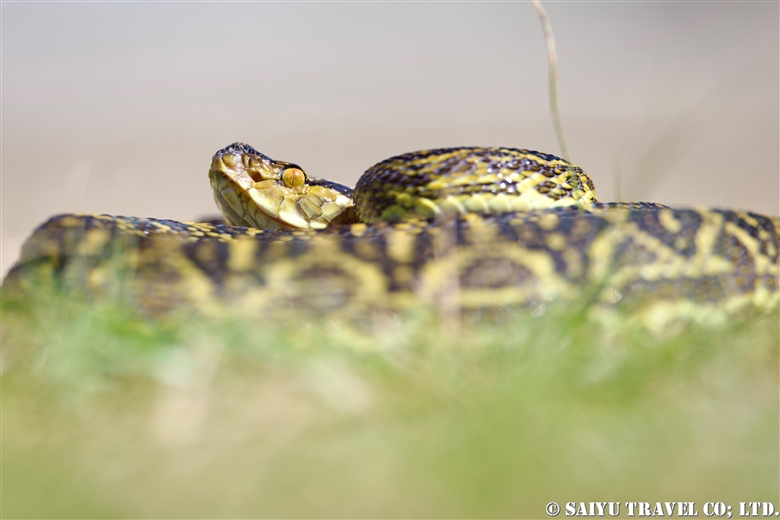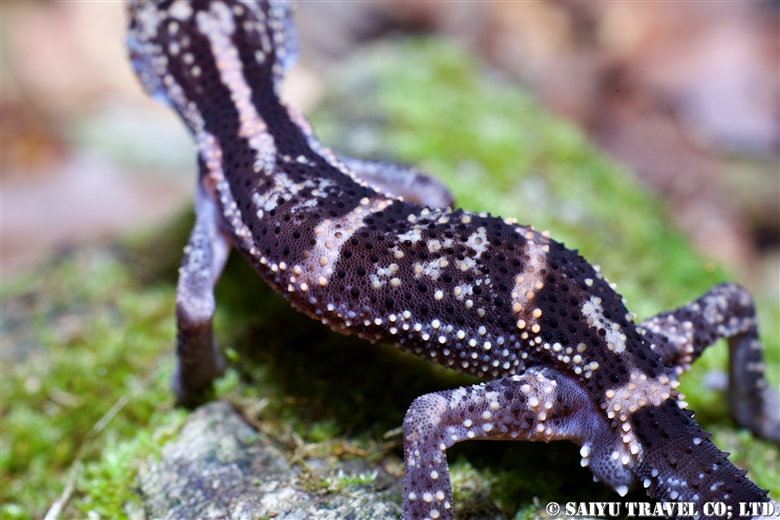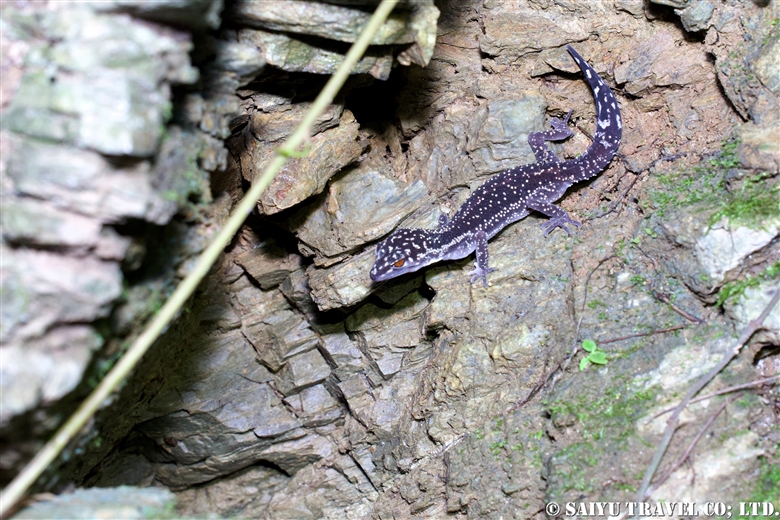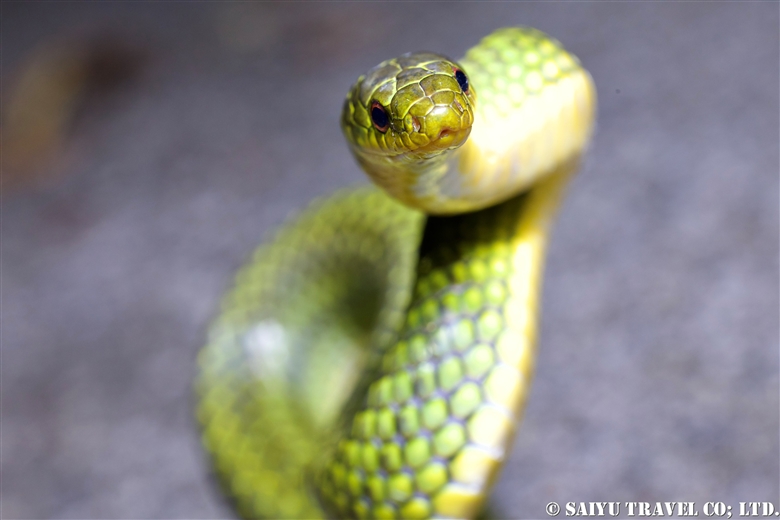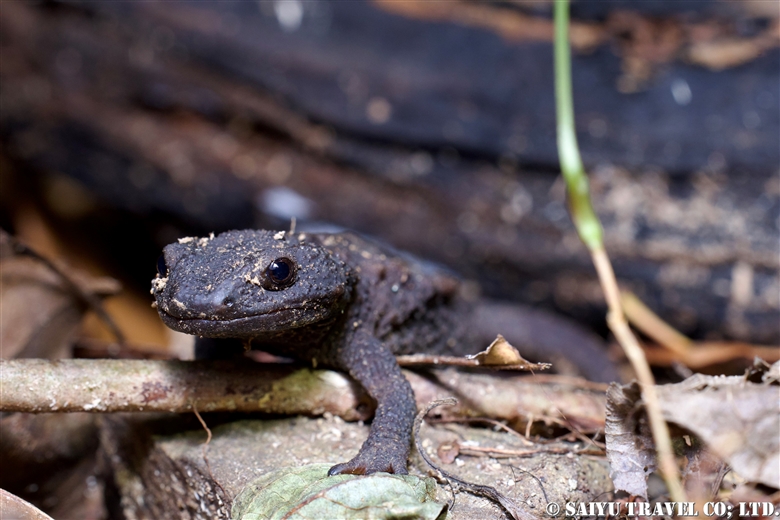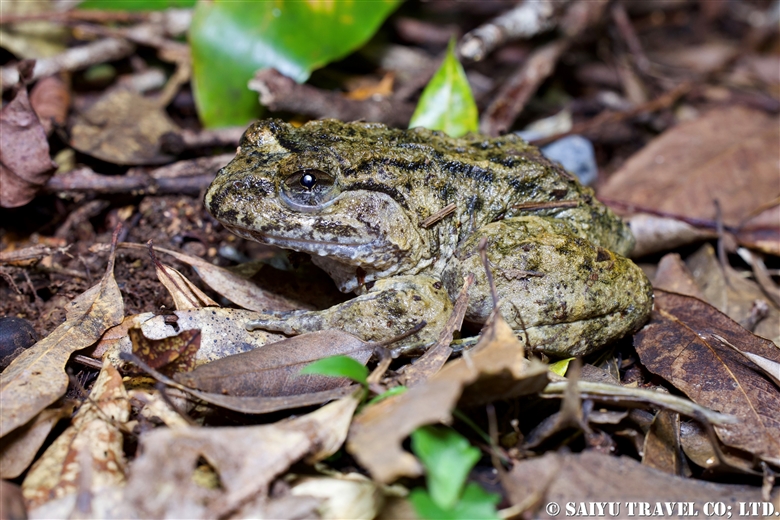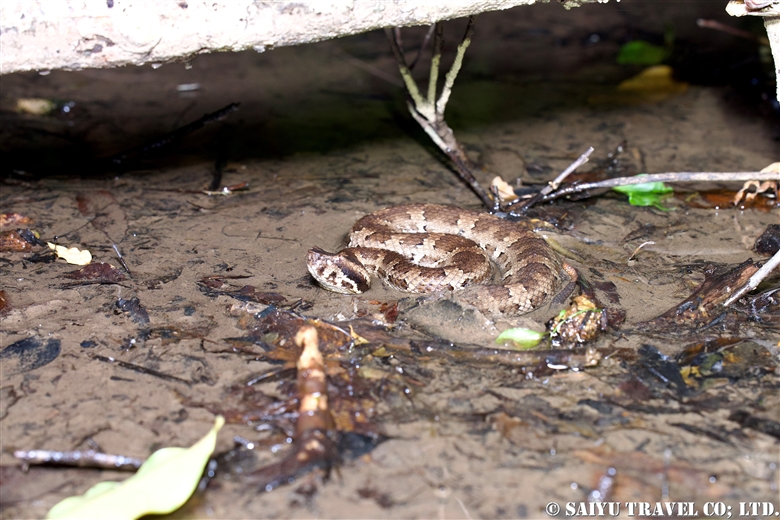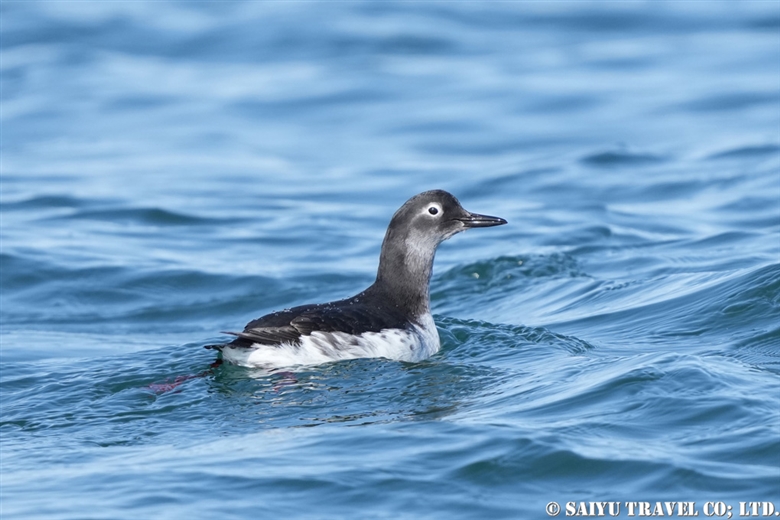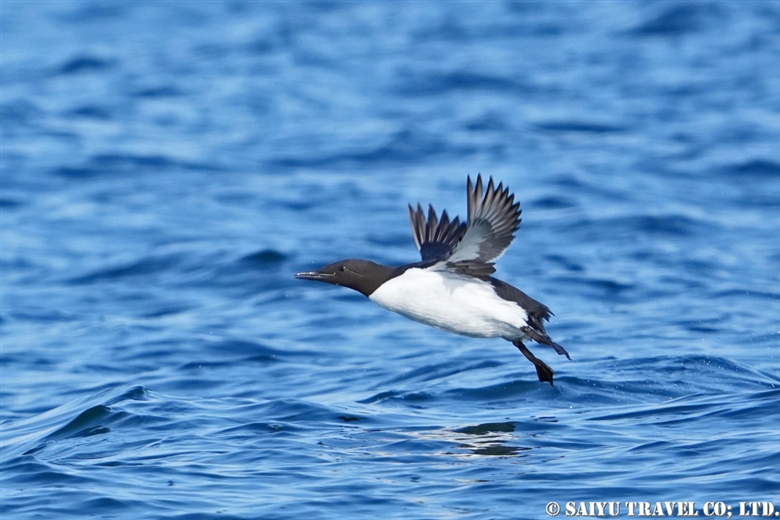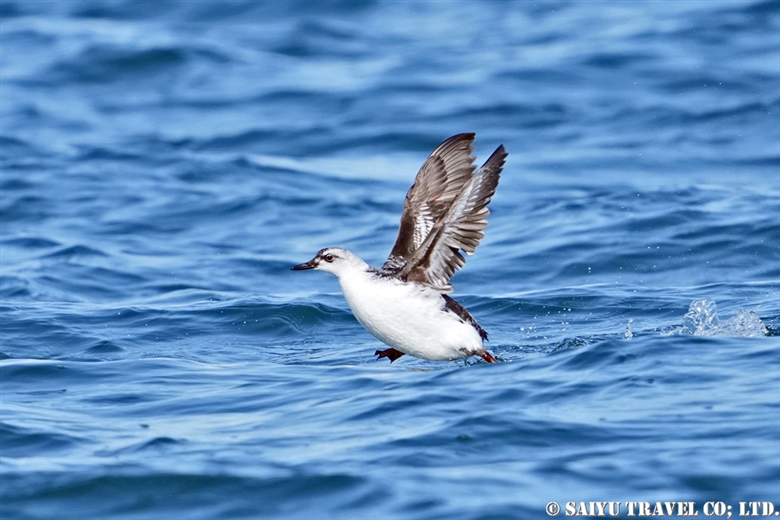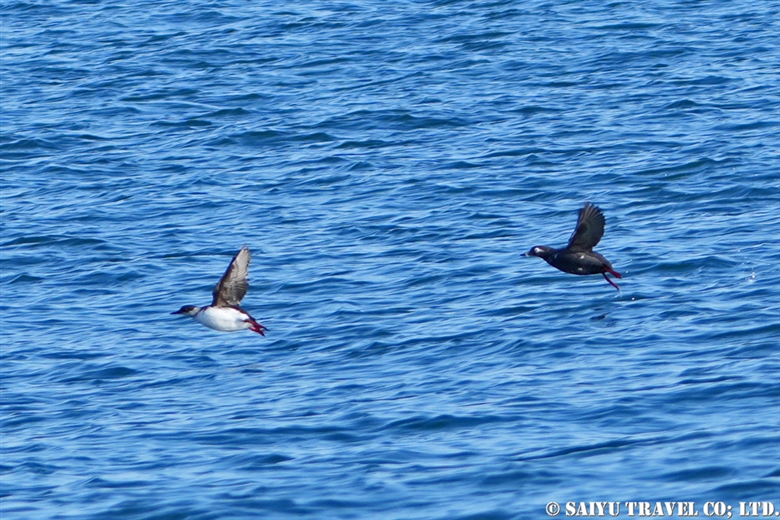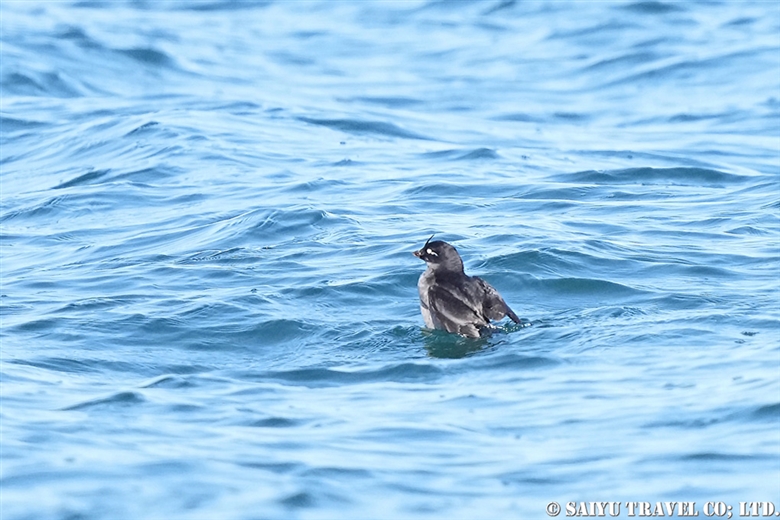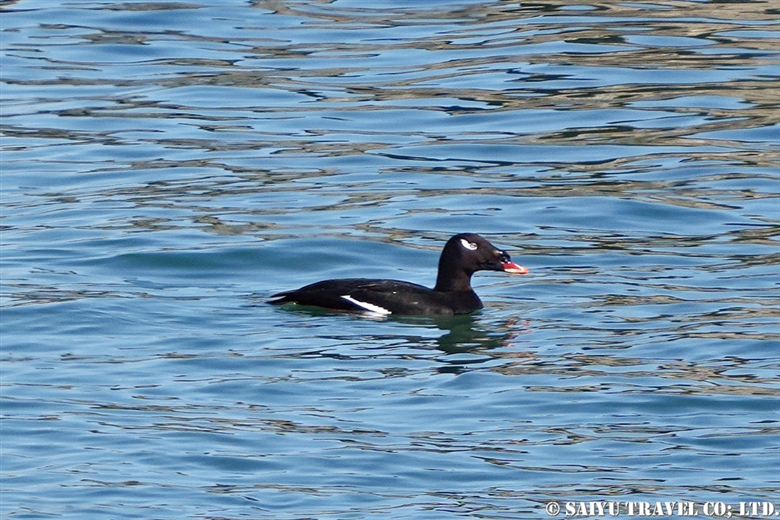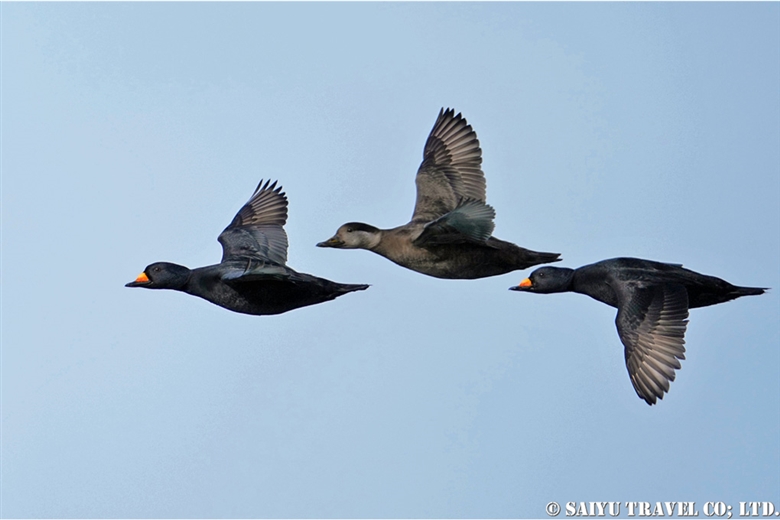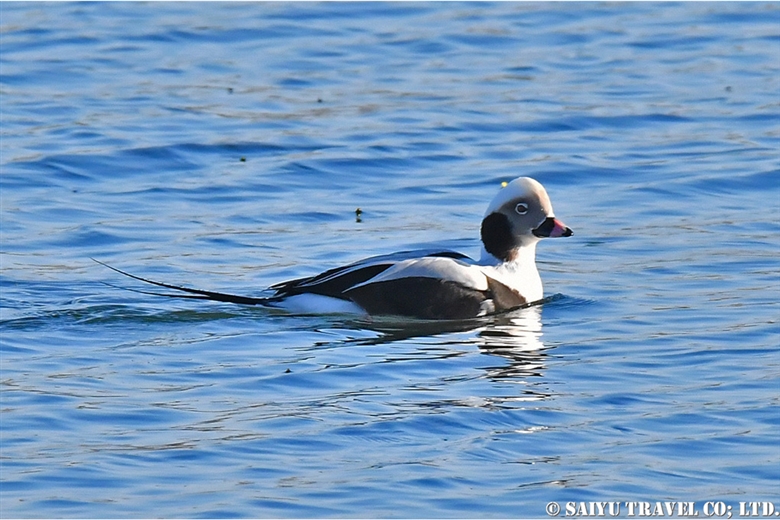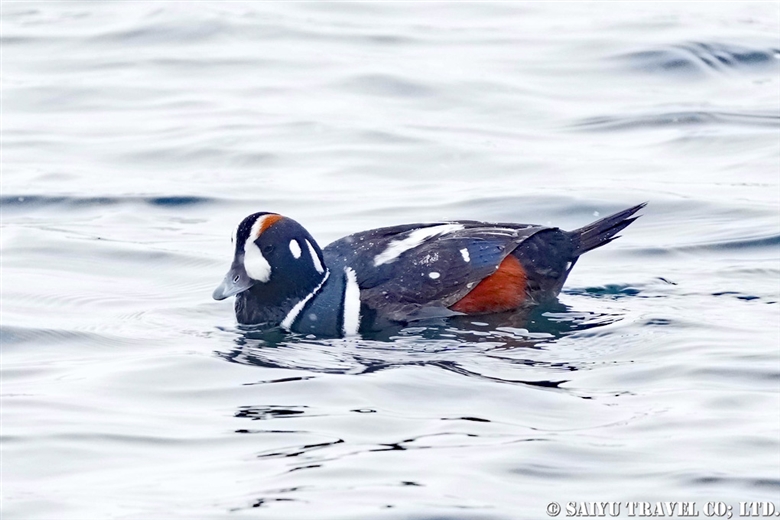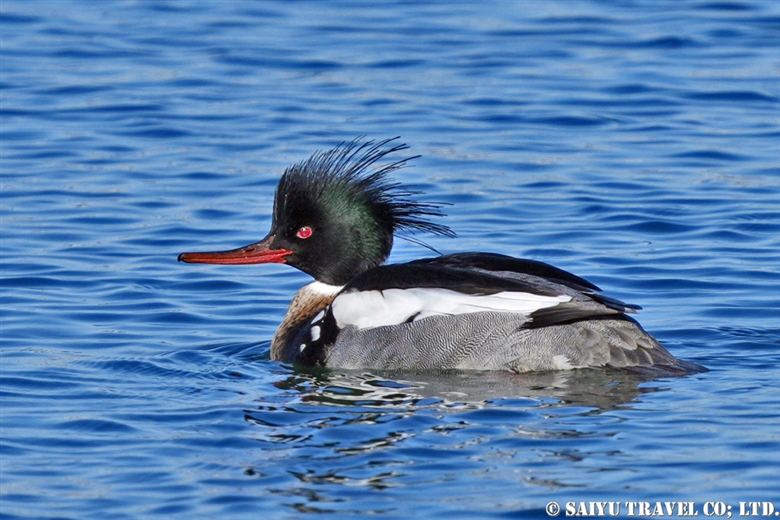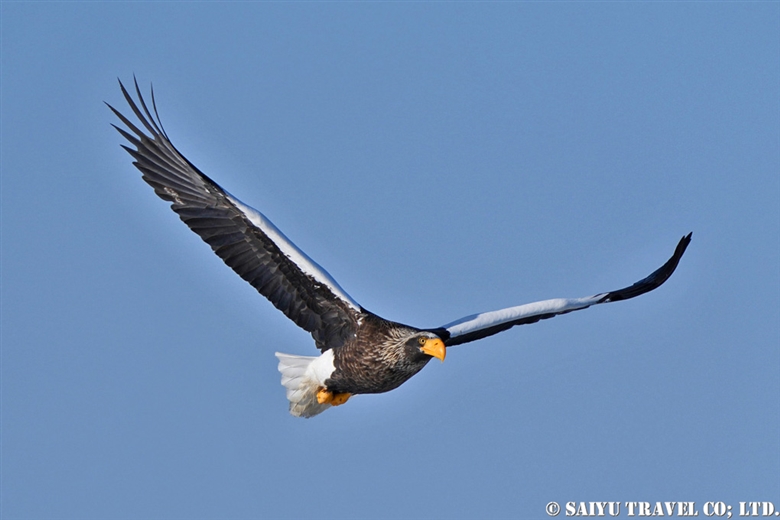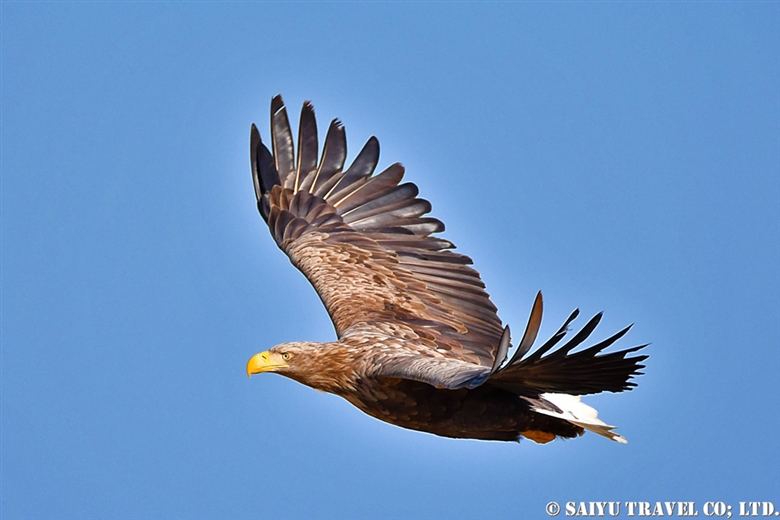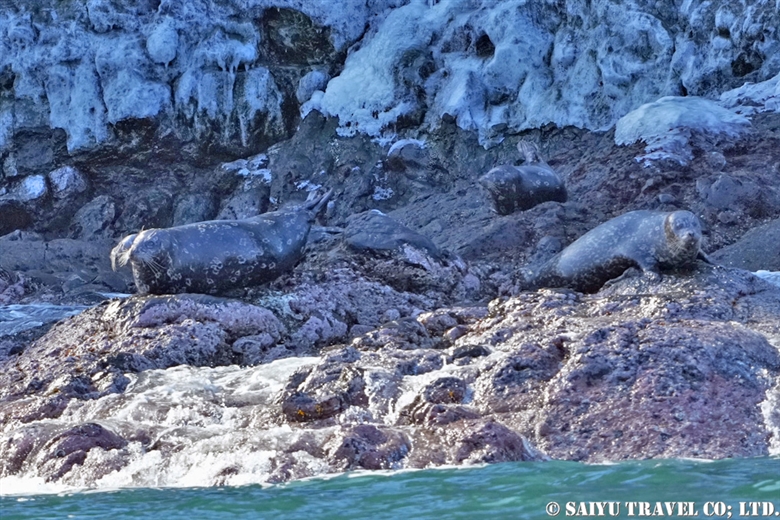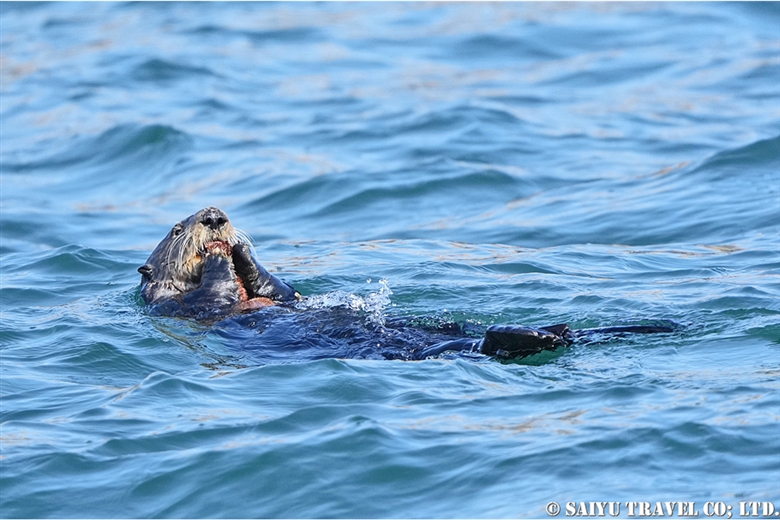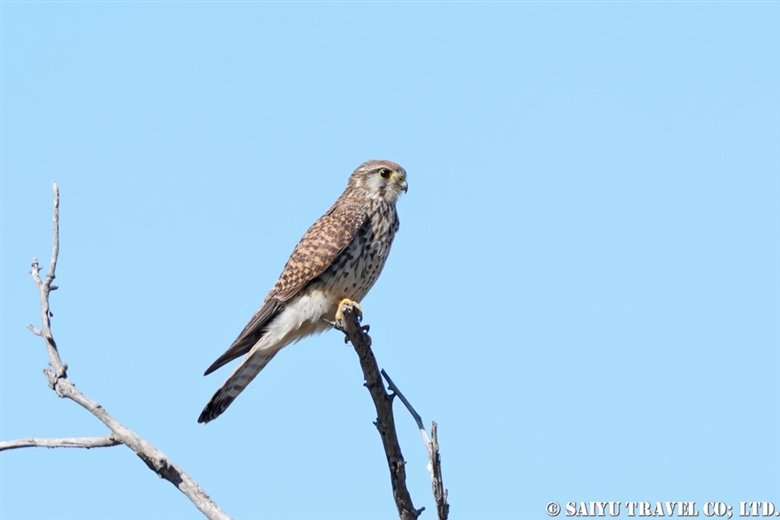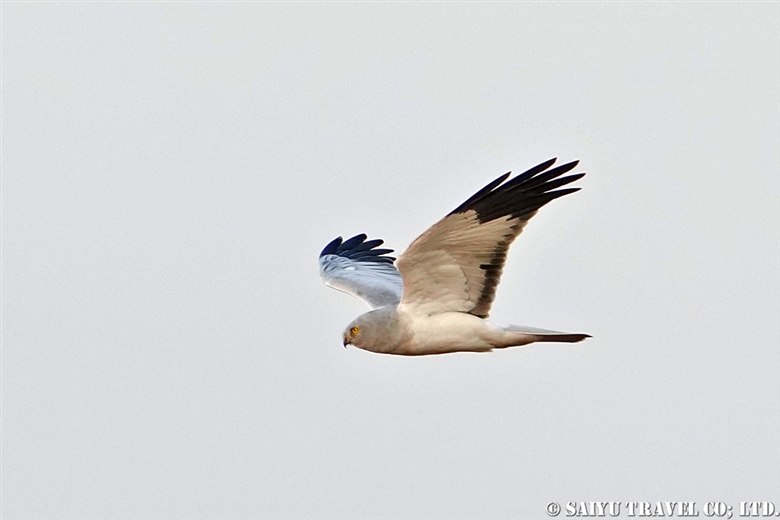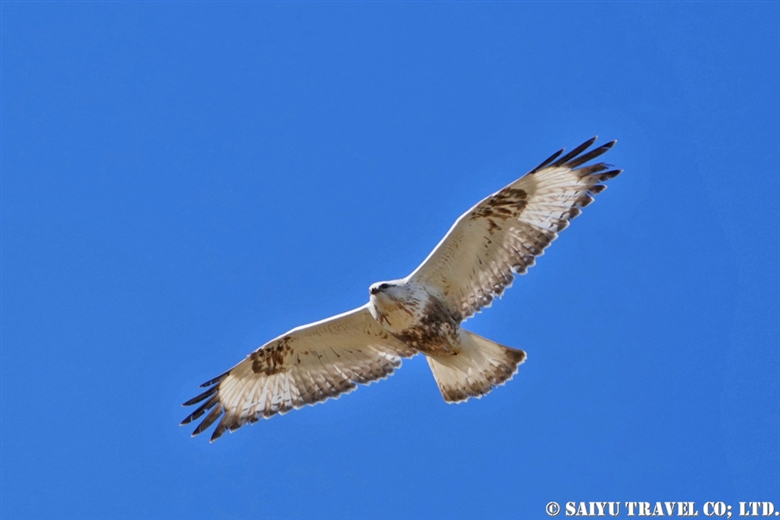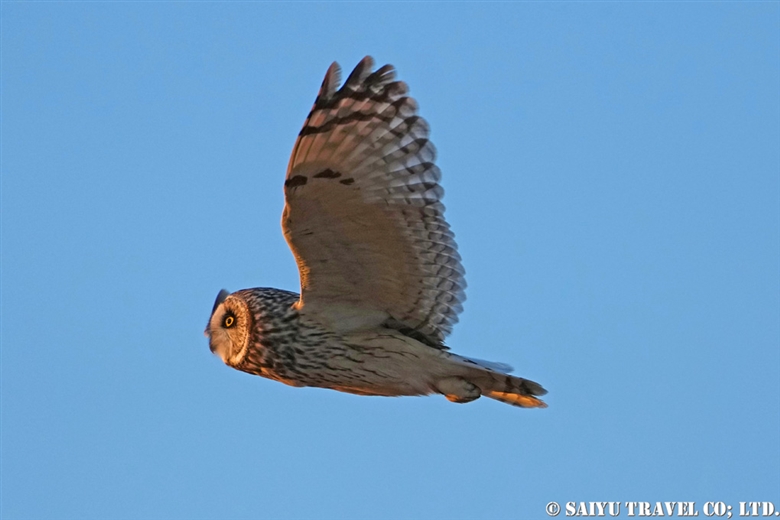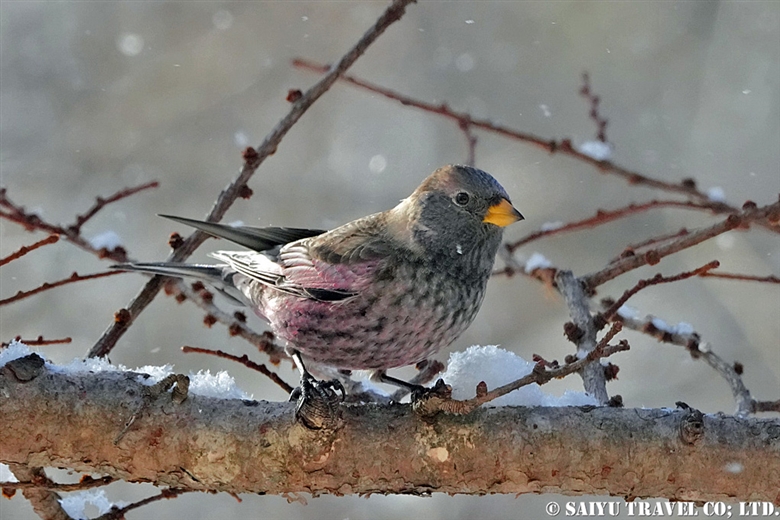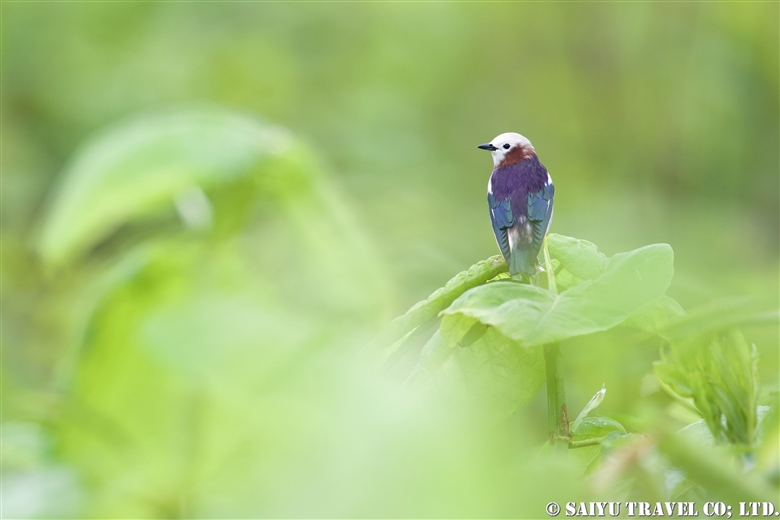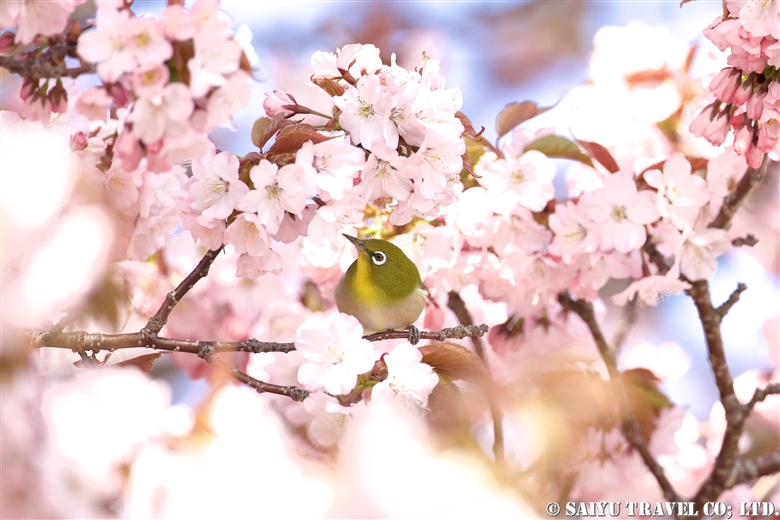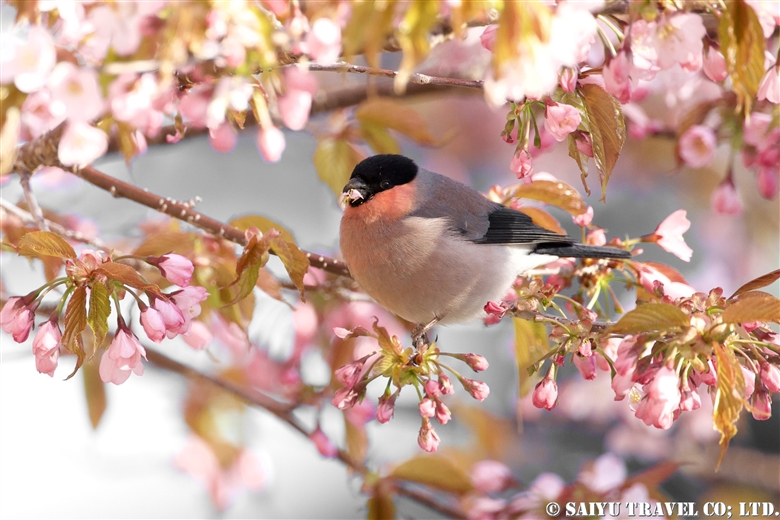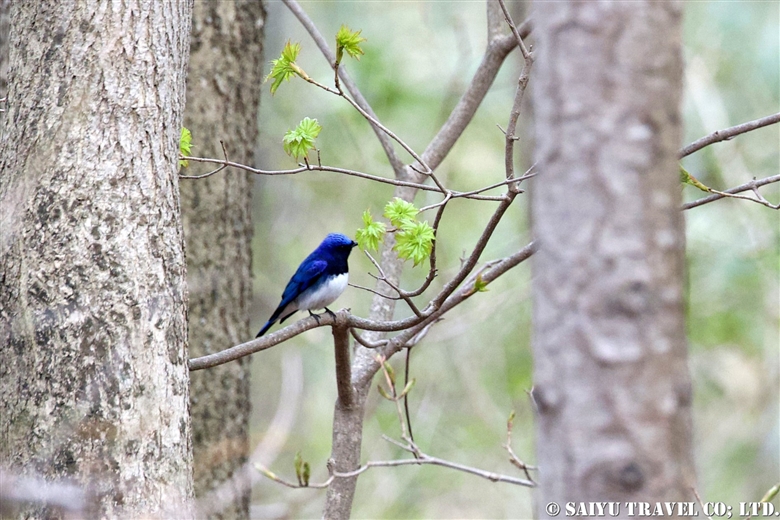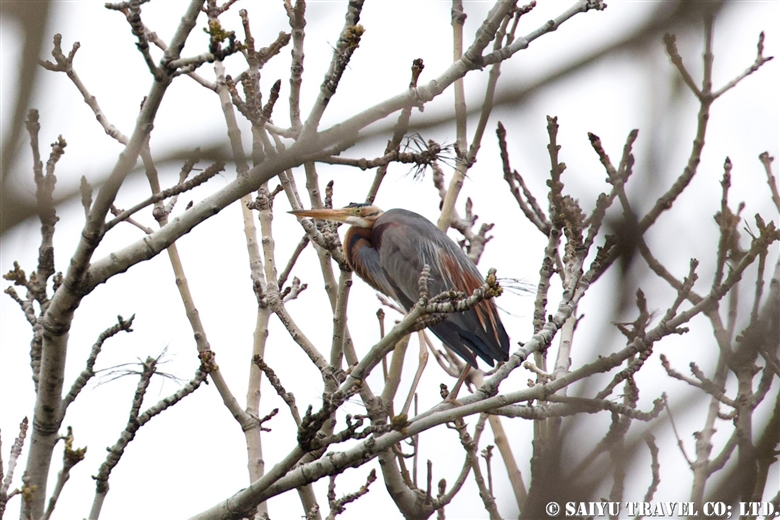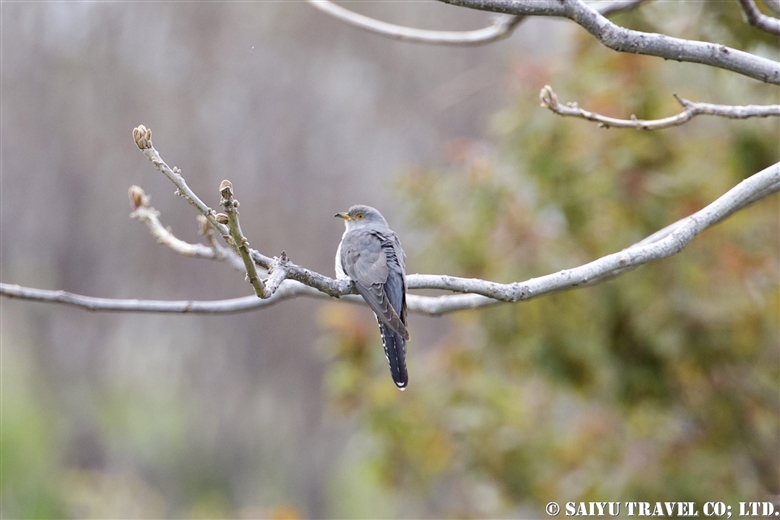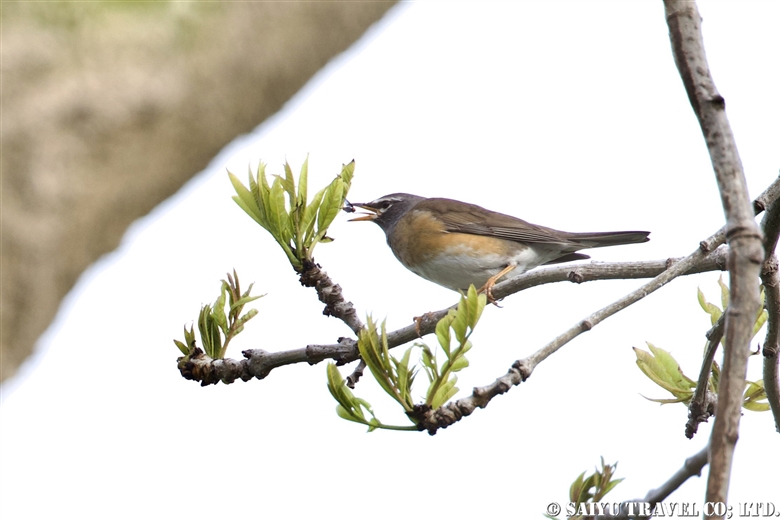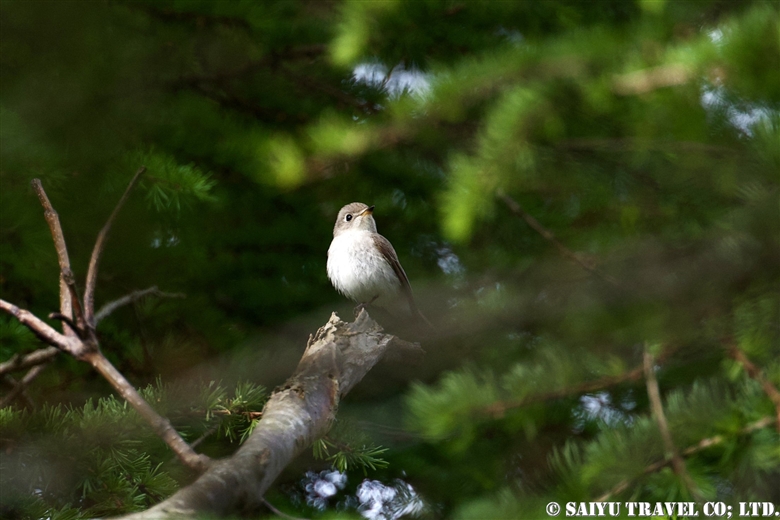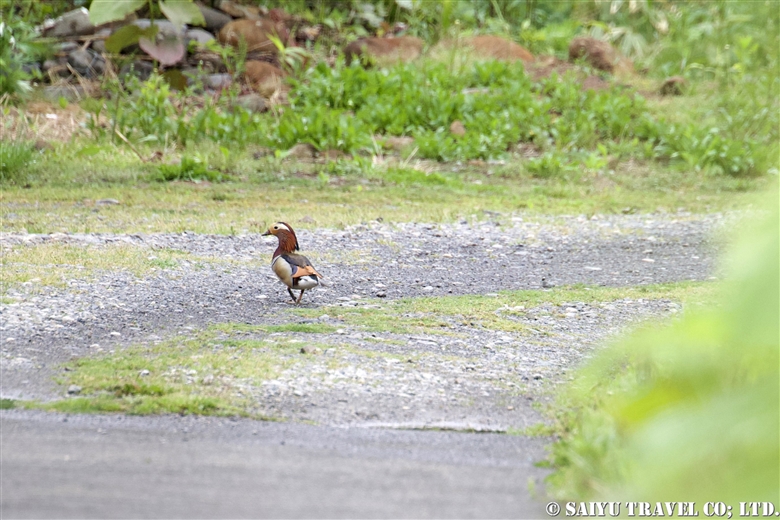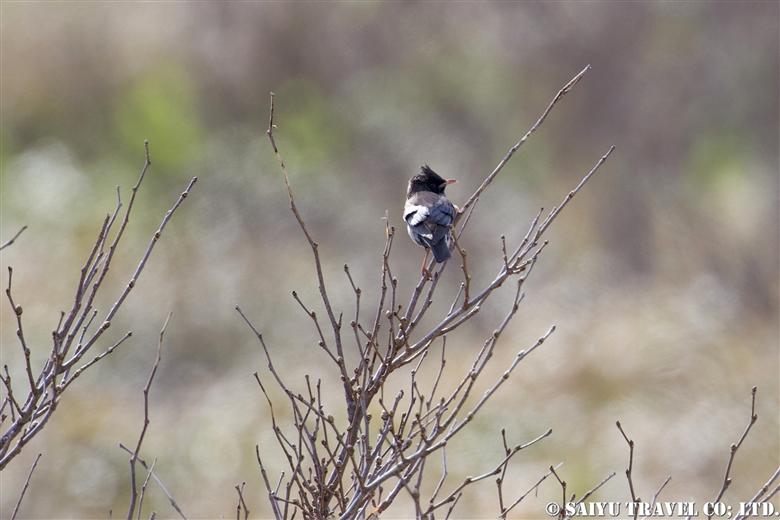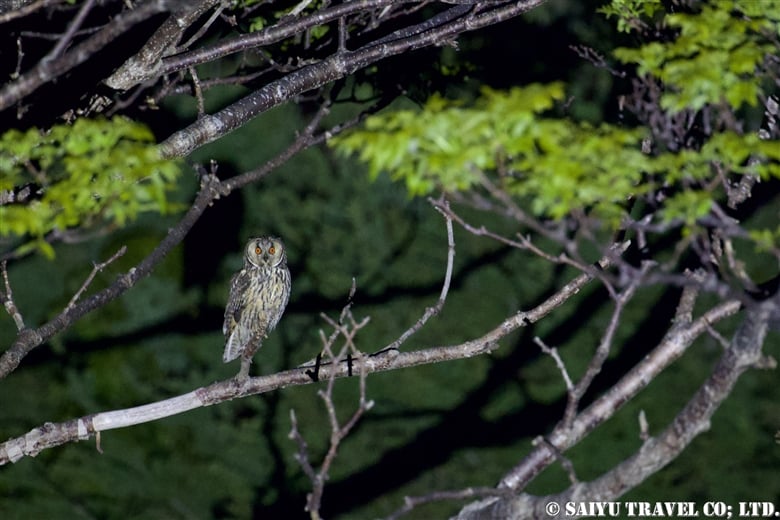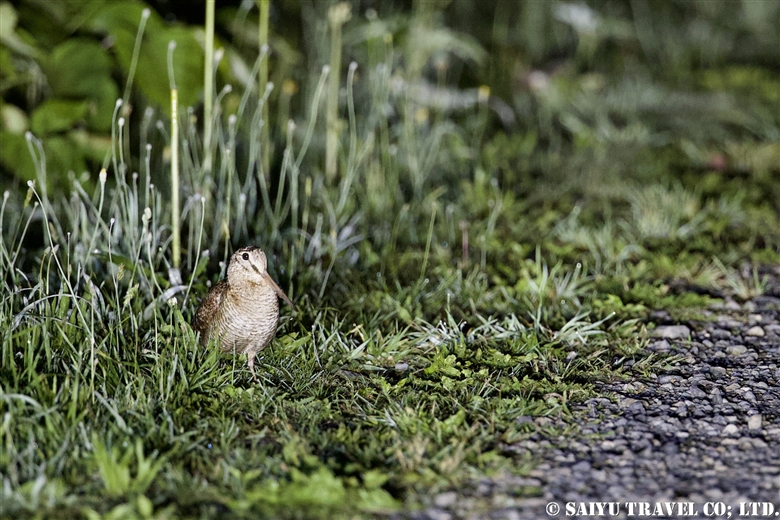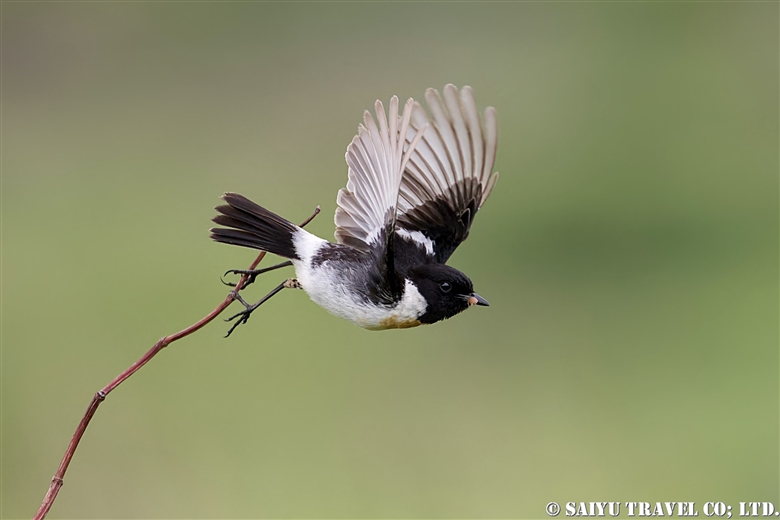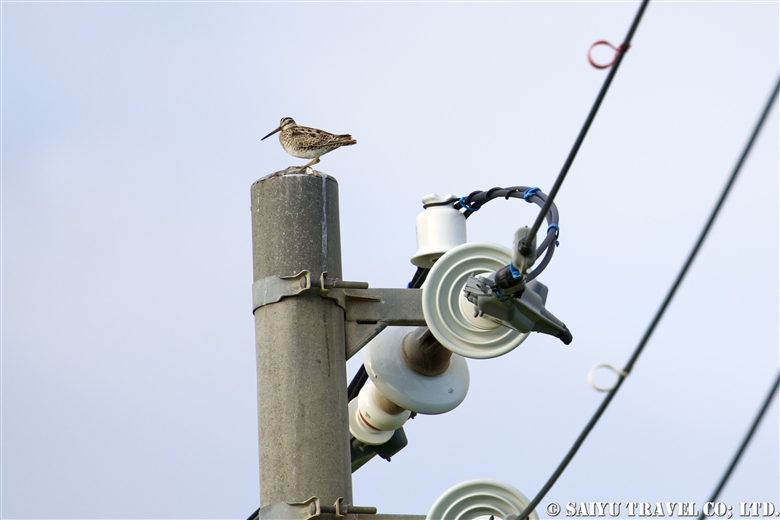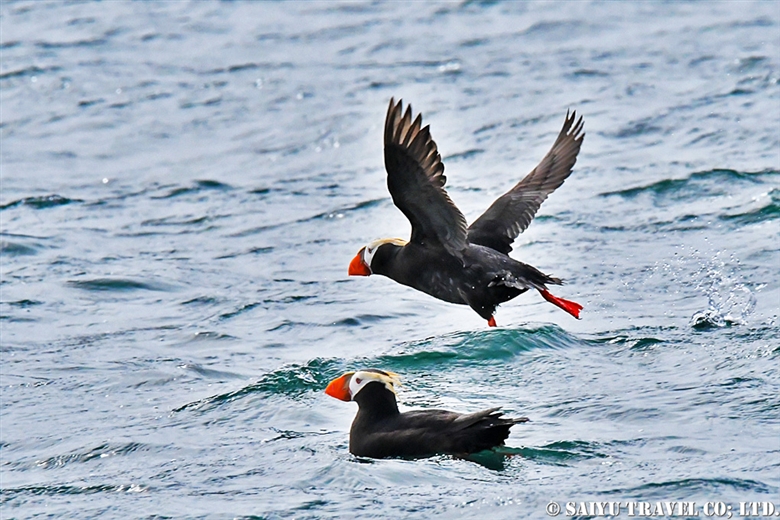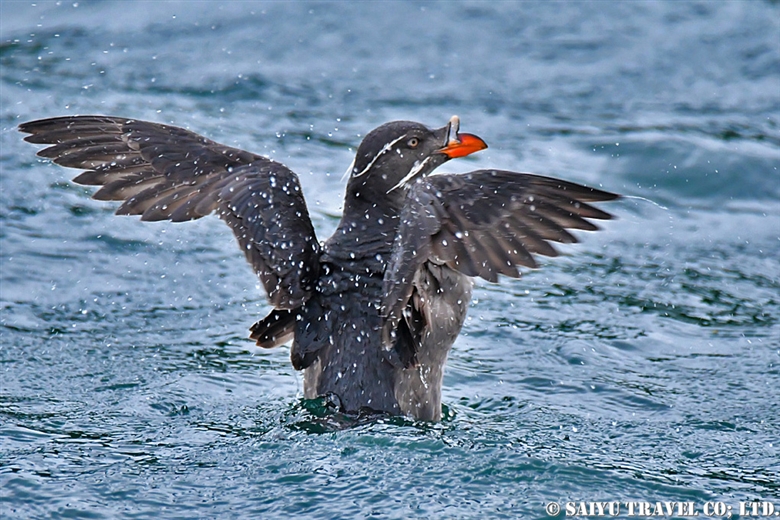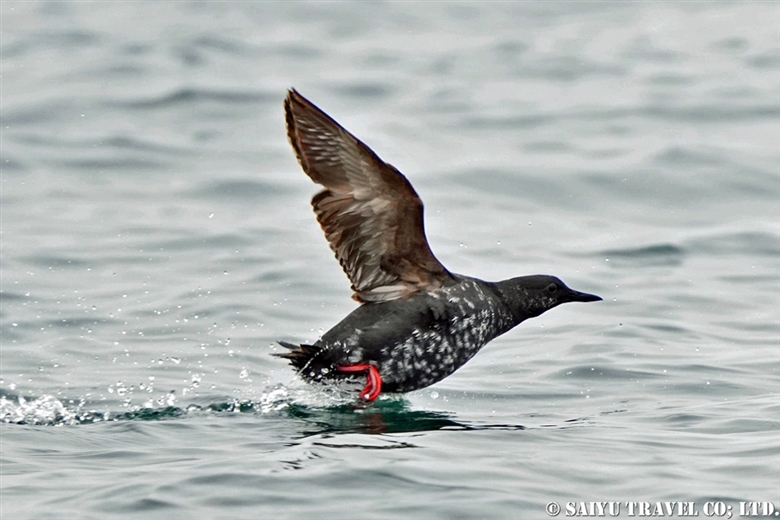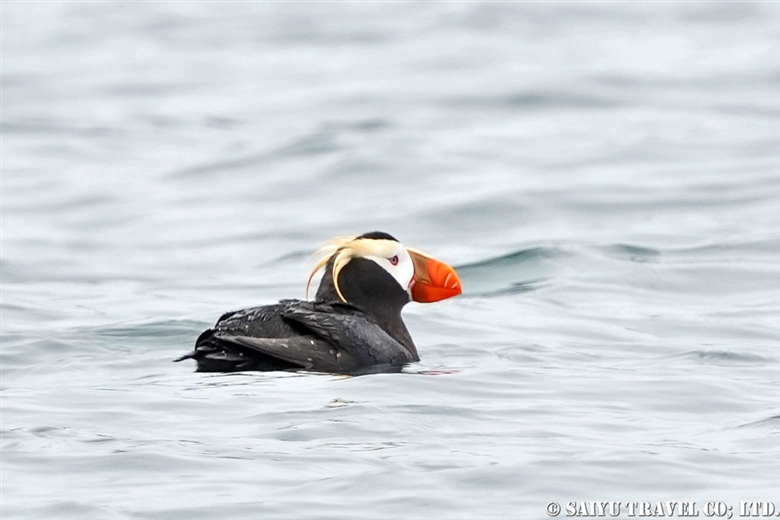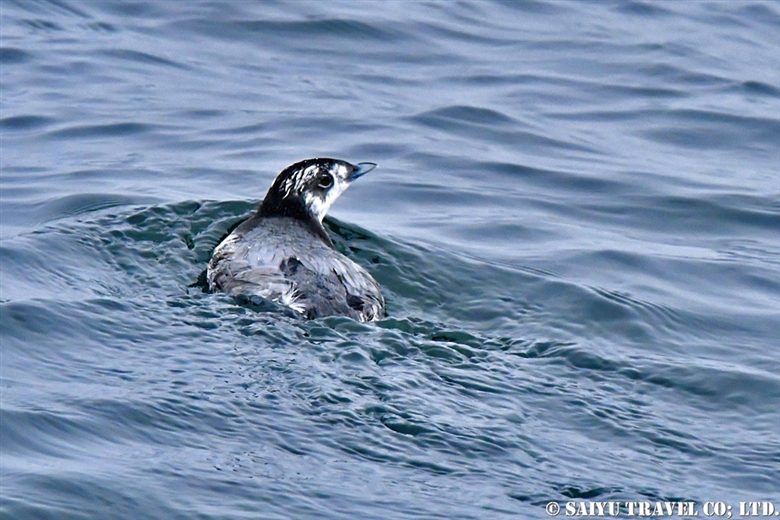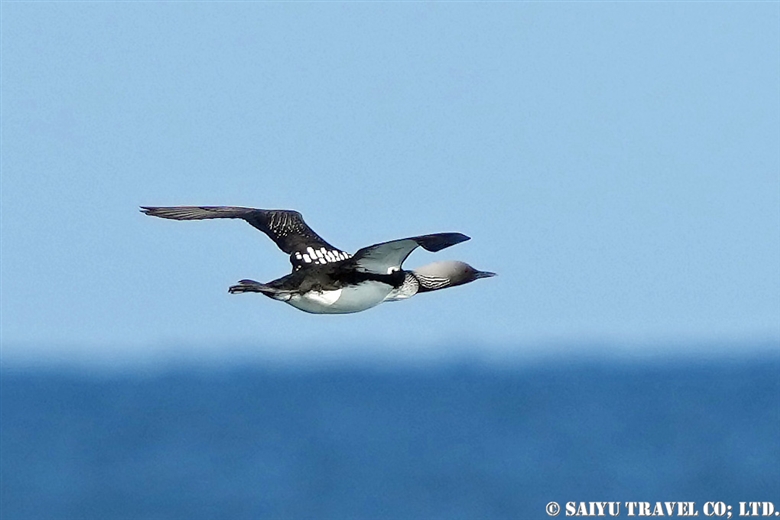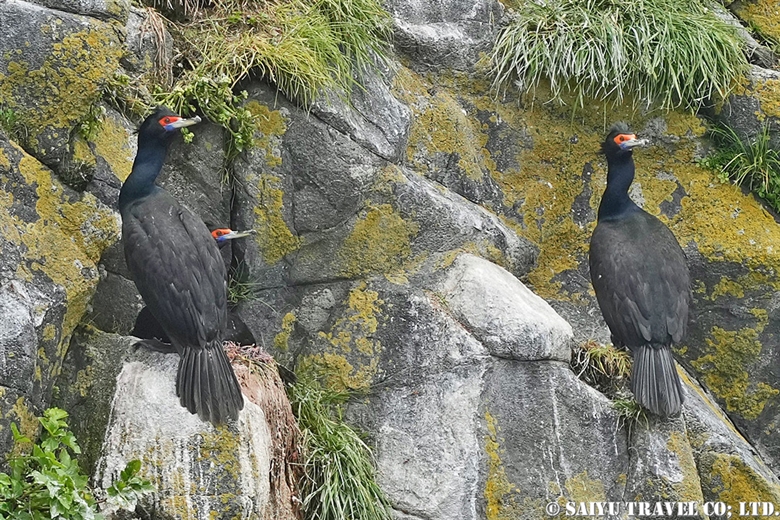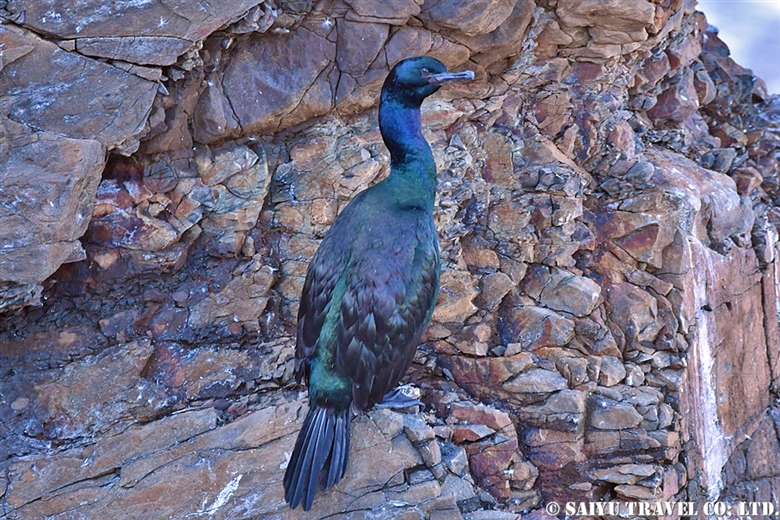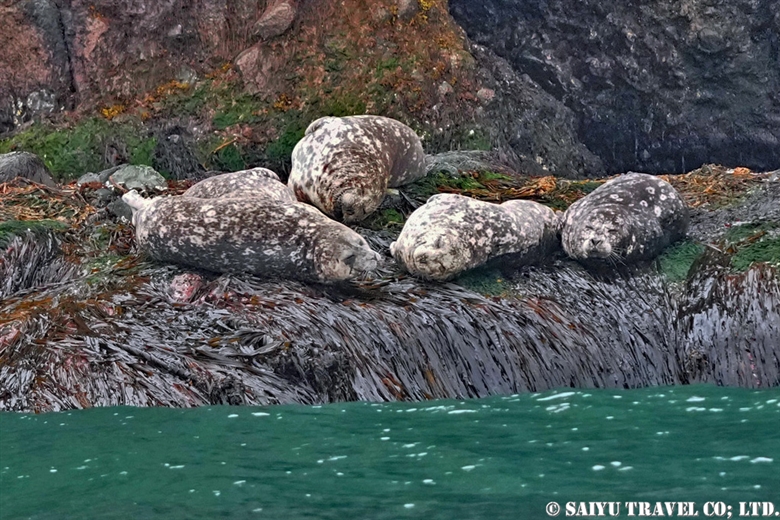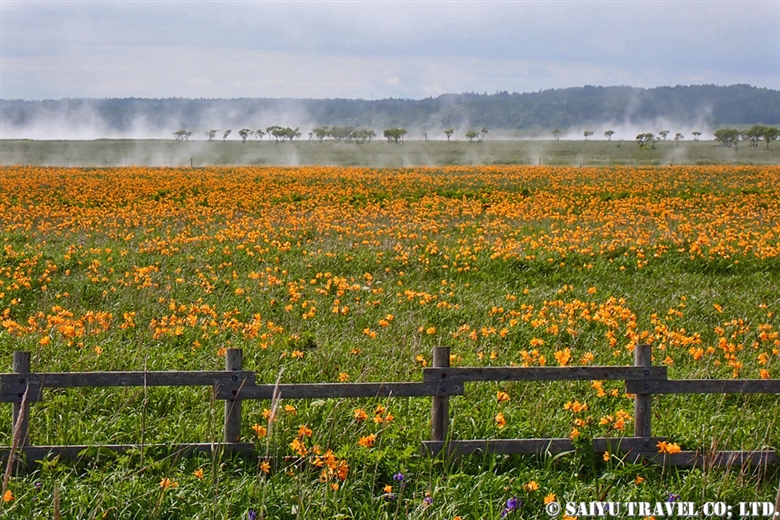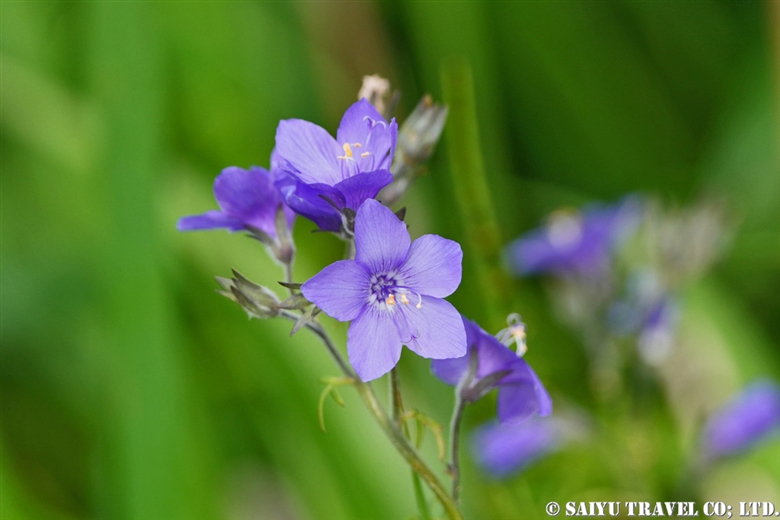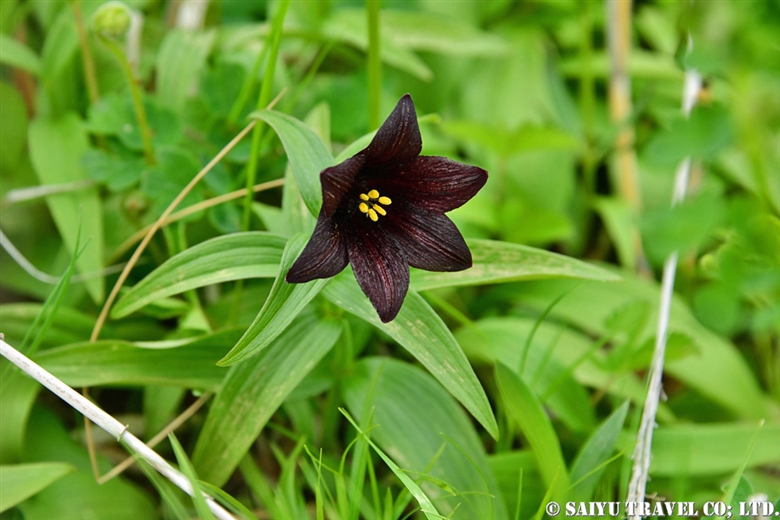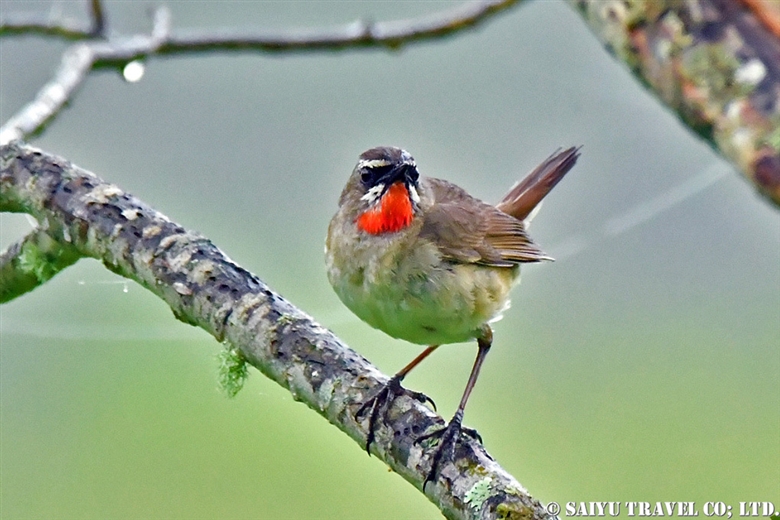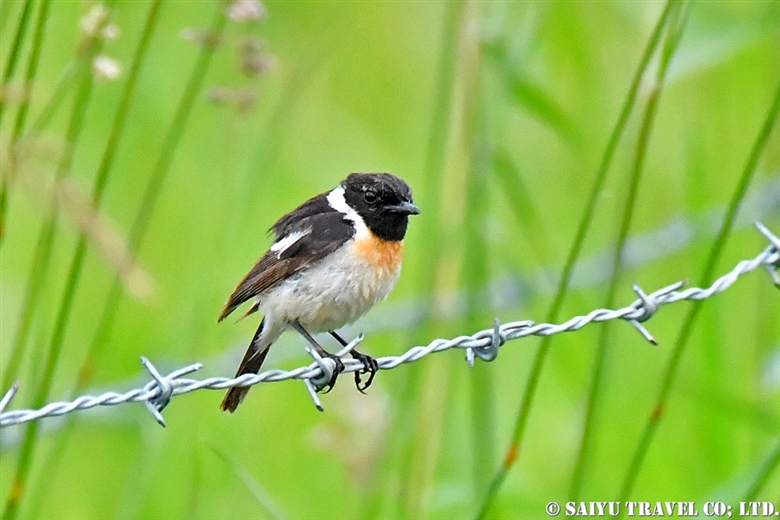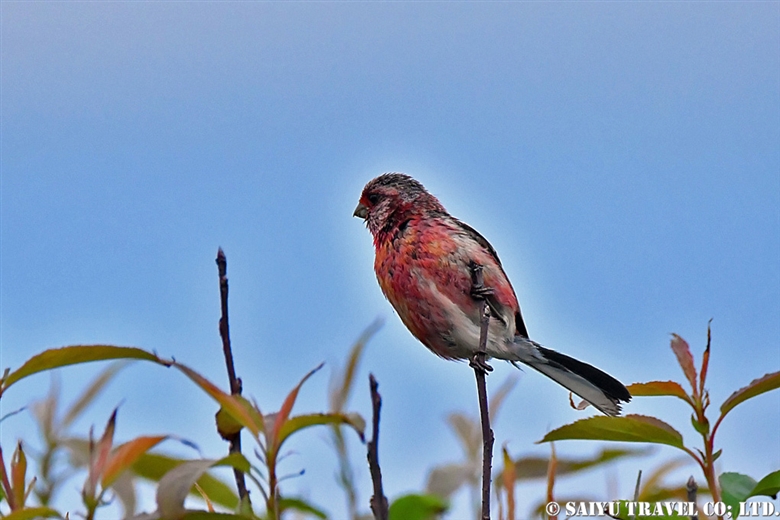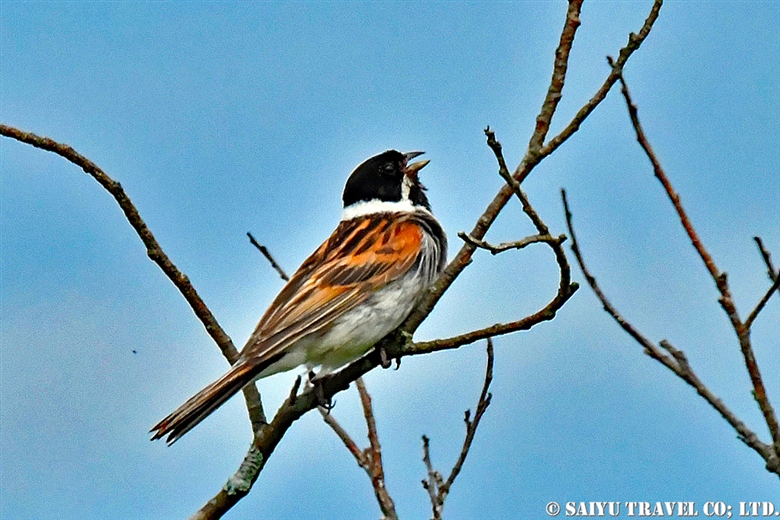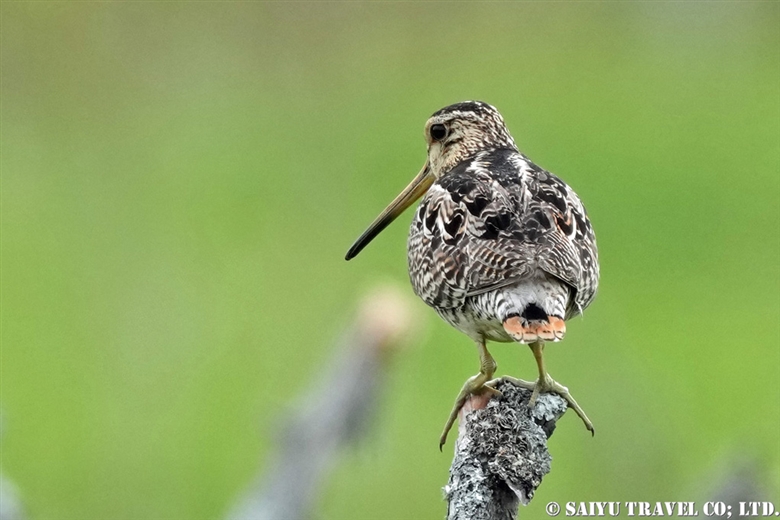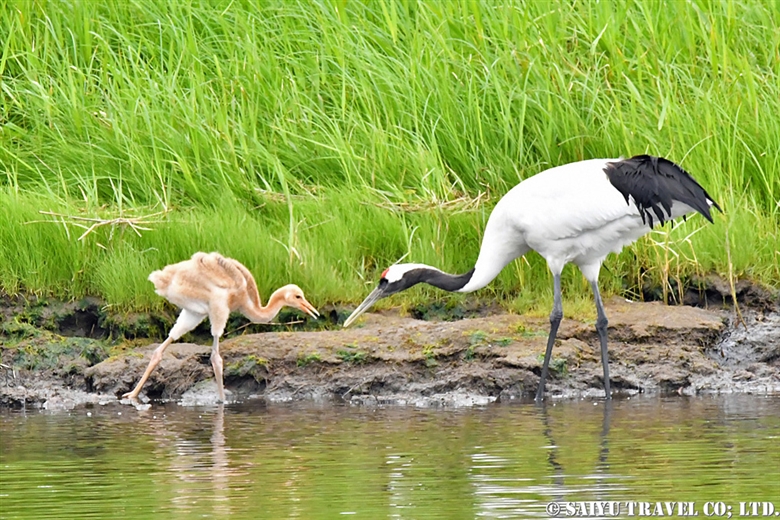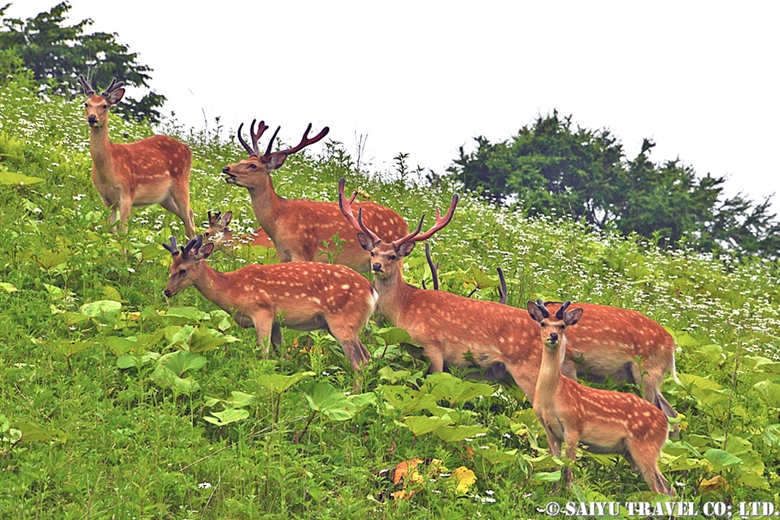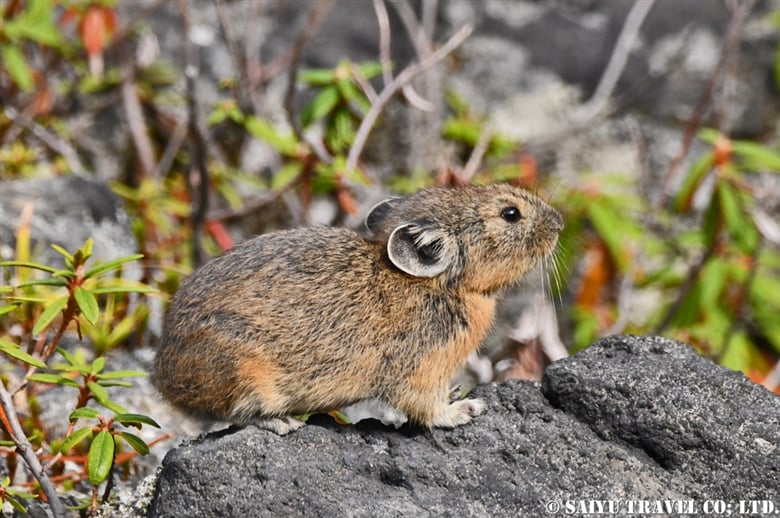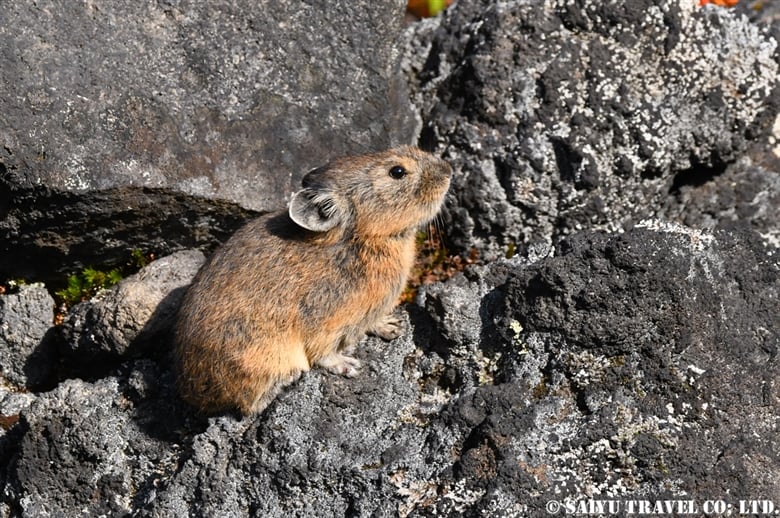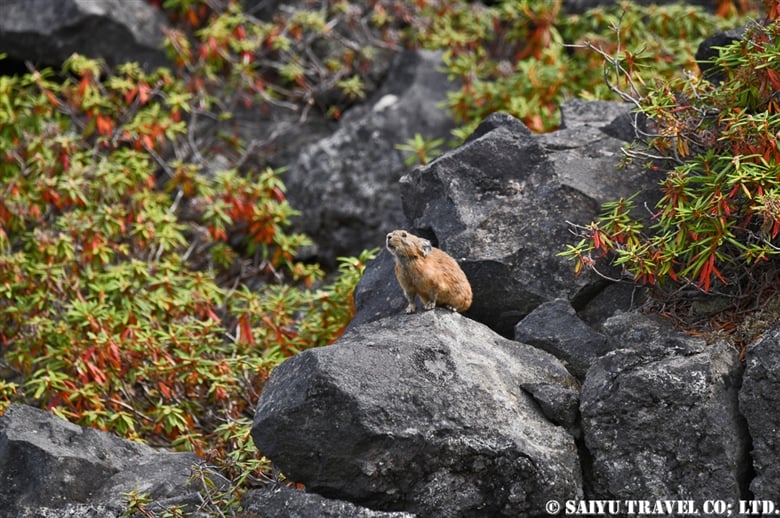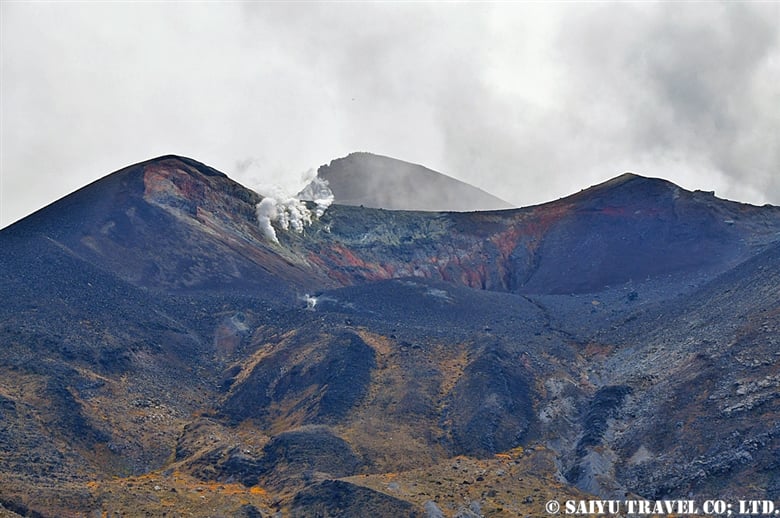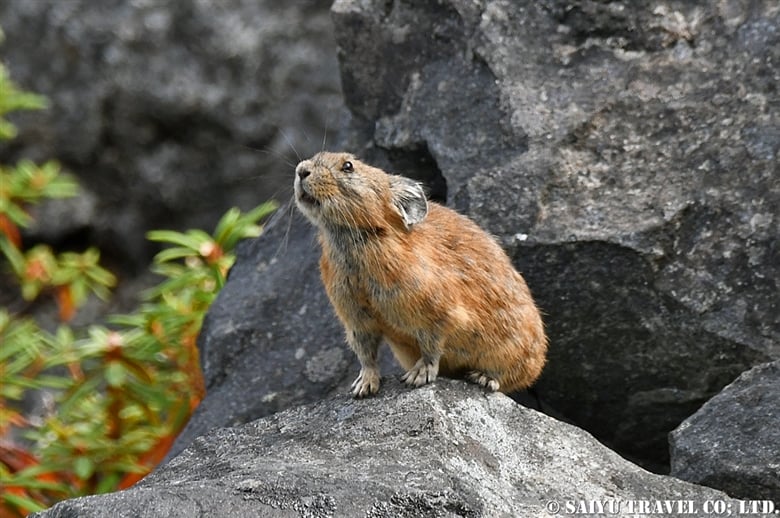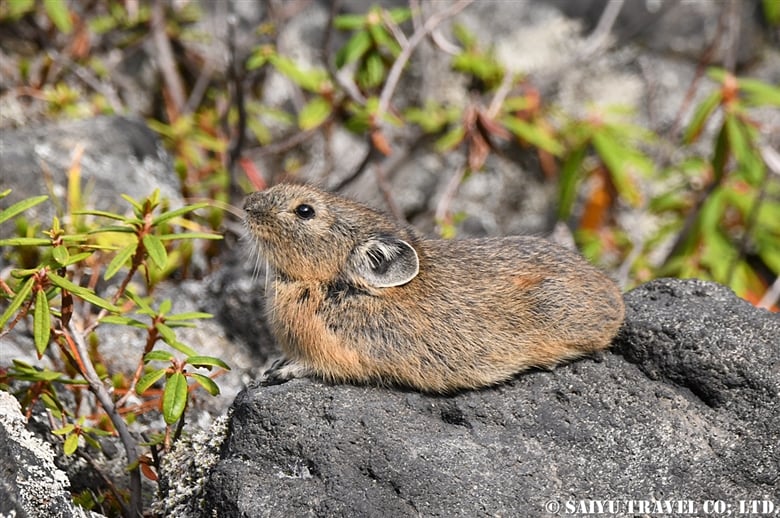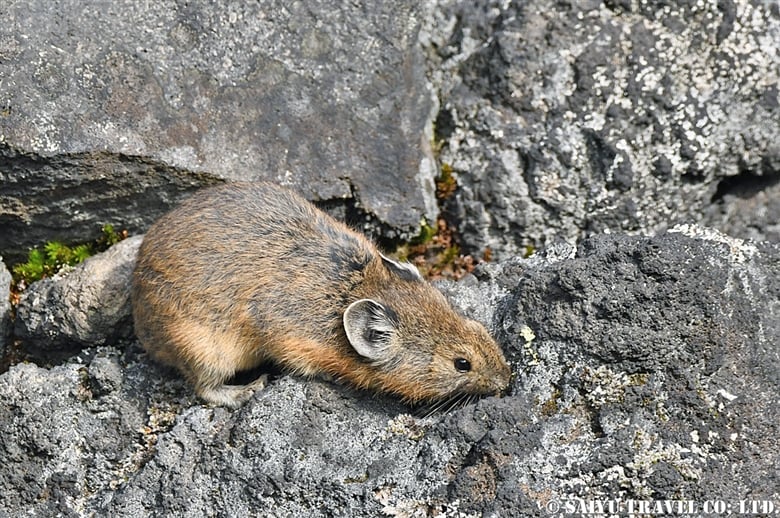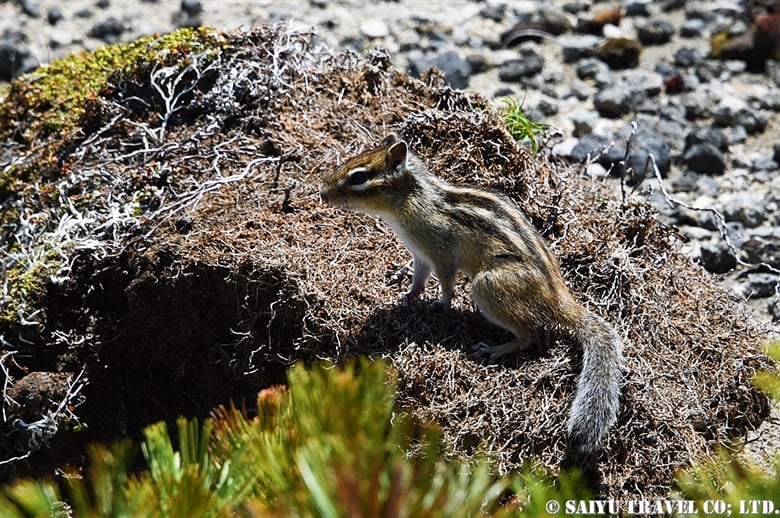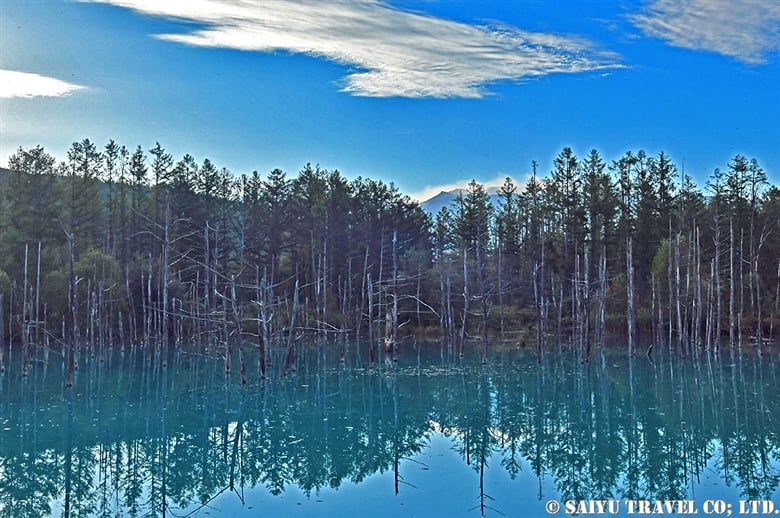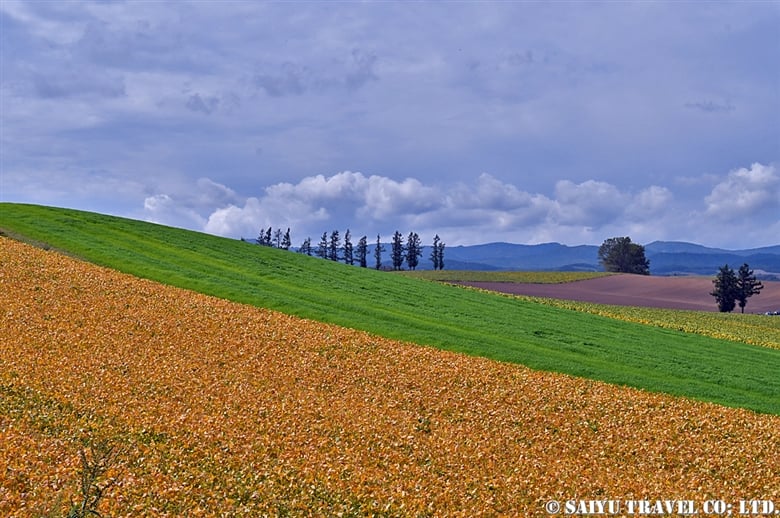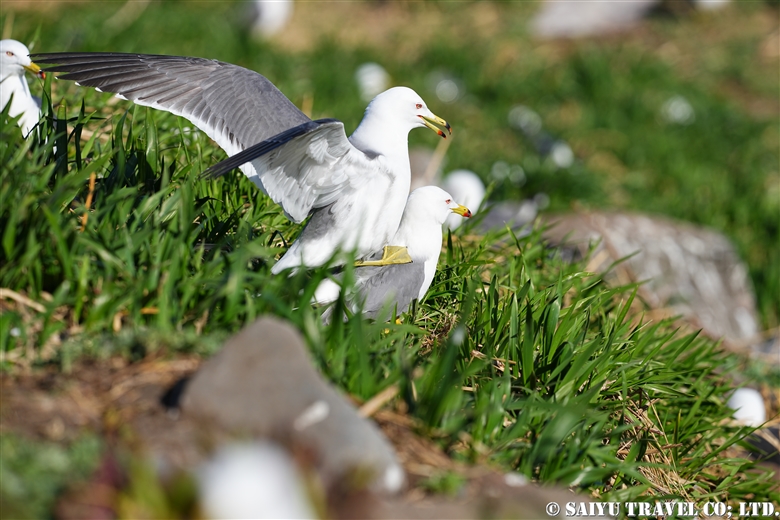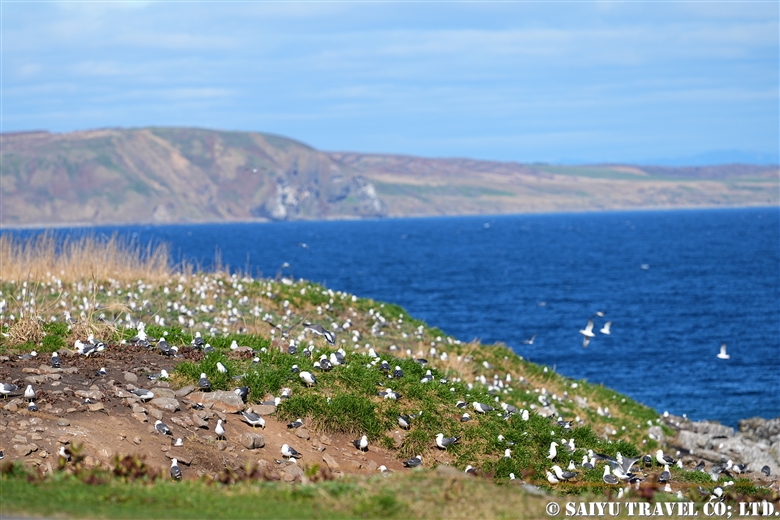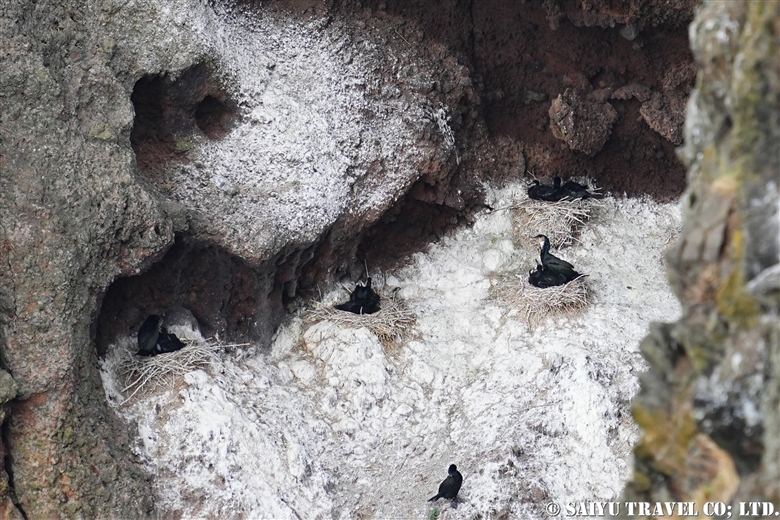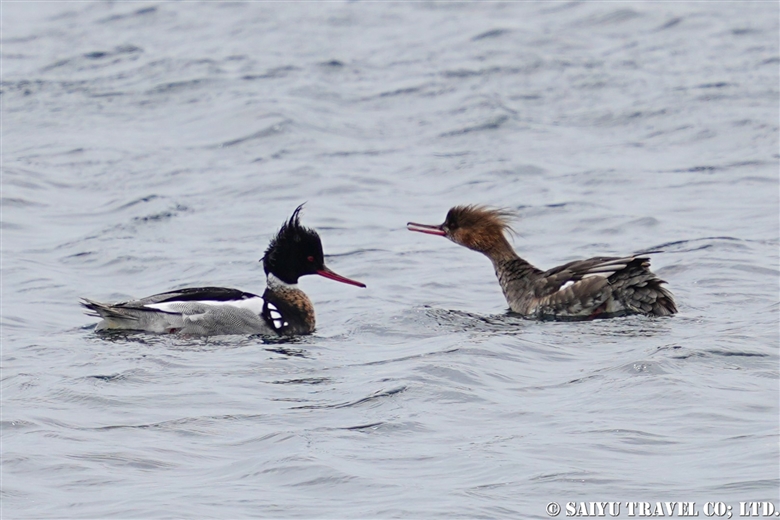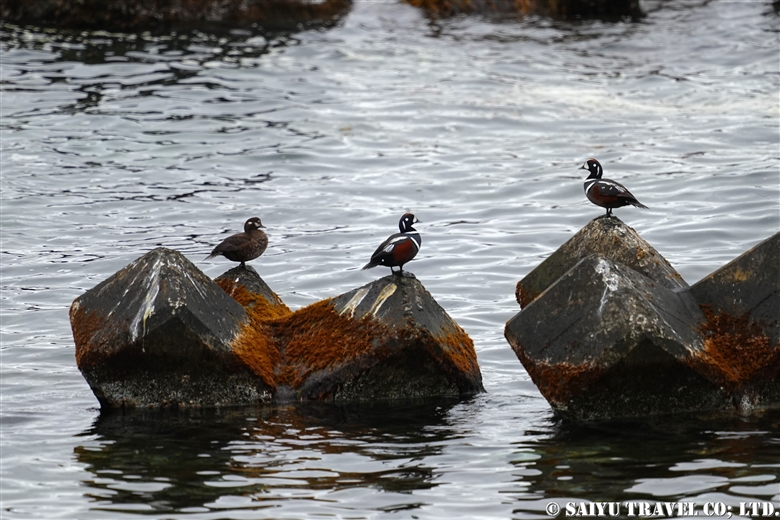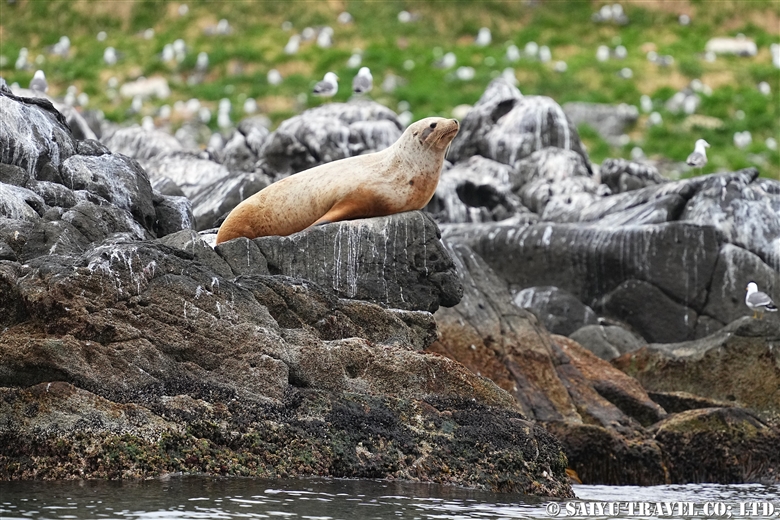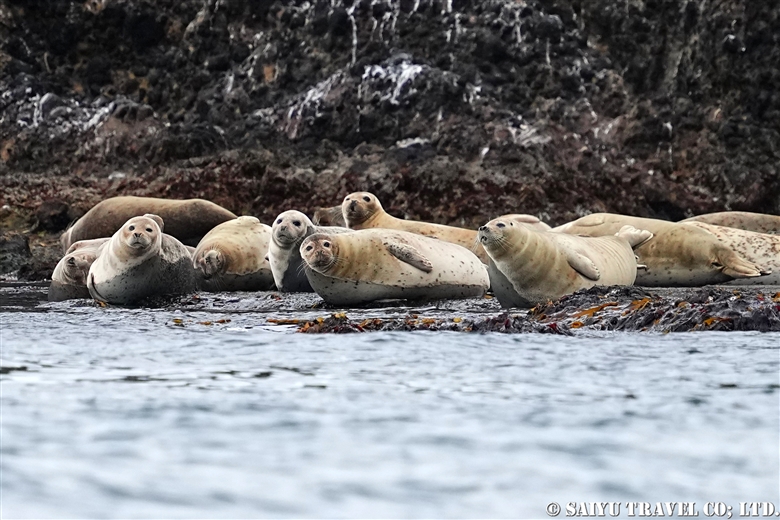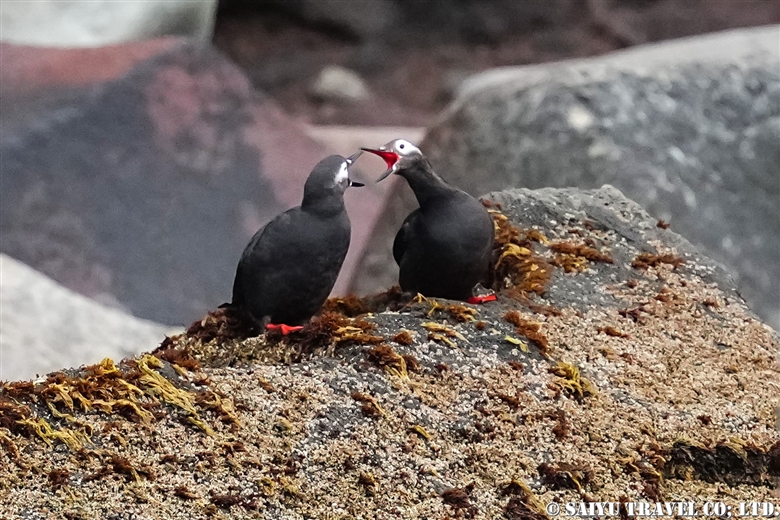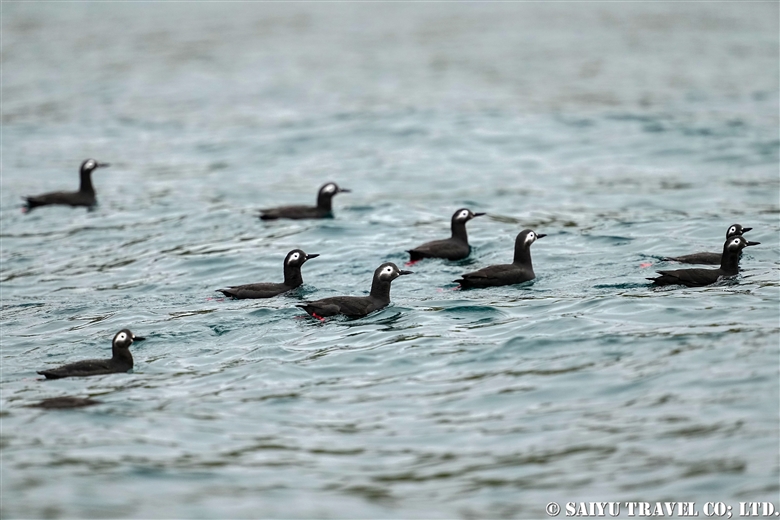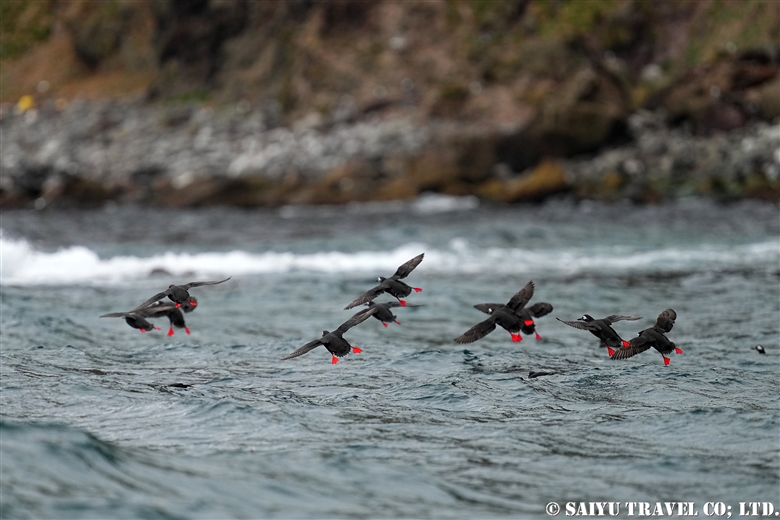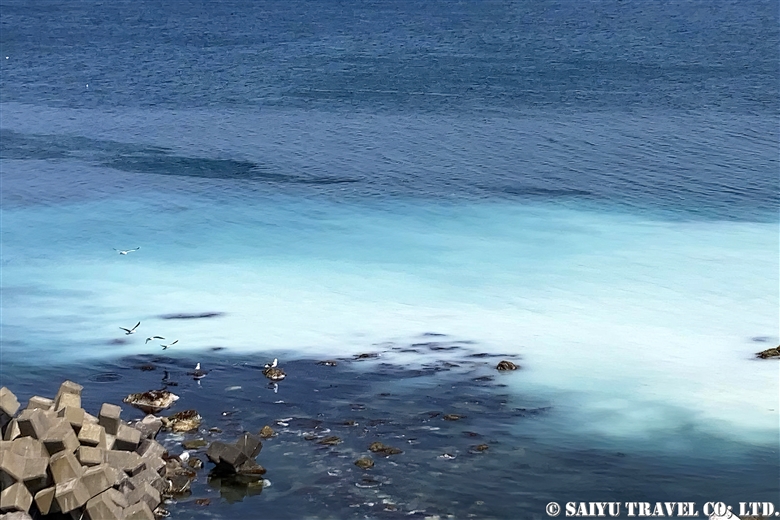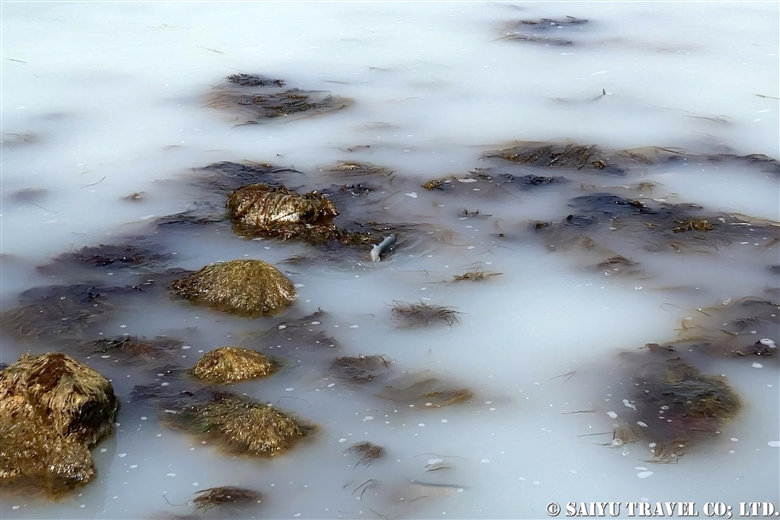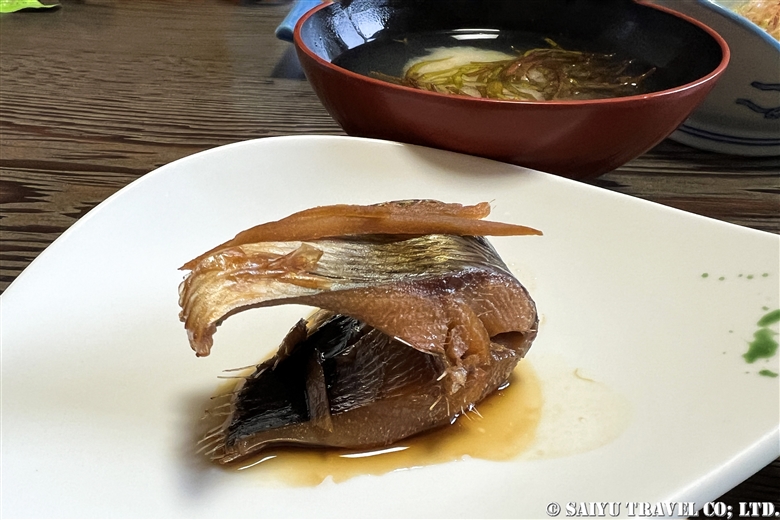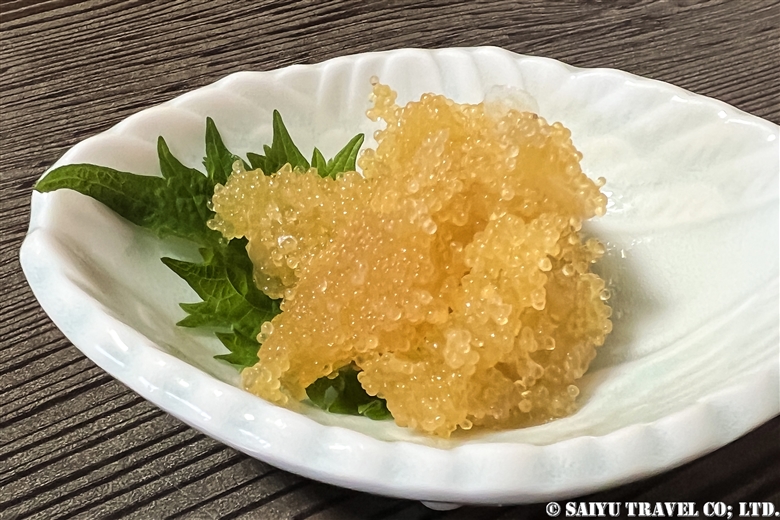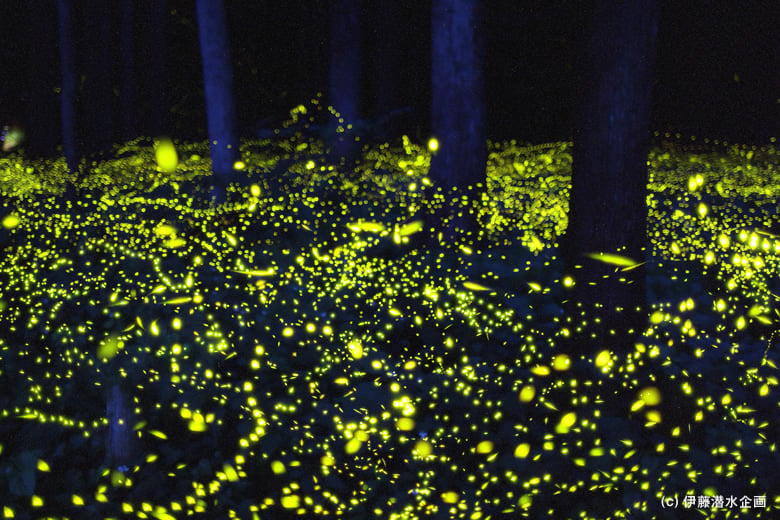
In the mountainous regions where the tributaries of the Wara river flow, live two primary species of fireflies: the genjibotaru and the himebotaru. Though some people may think that fireflies usually live near riverbanks, in fact, of the approximately 50 species endemic to Japan, only three call the riverside their home: the genjibotaru, the heikebotaru, and the kumejimabotaru. When these species are still in their larval stage, they spend their life in the river, subsisting on kawanina (a type of freshwater black snail), and once they fully mature, they light up the riverside and begin to reproduce. All other species of firefly are referred to as “mountain fireflies,” called so because they primarily reside in the mountains, where they prey on snails. Needless to say, a majority of fireflies in Japan fall into this latter, mountain-dwelling category.
Genjibotaru usually begin to glow around 7:30 p.m., so we’ll make sure to head there early and stake out a spot. Once the fireflies light up, the entire mountain will seem to fall into sync with their spectacular light show, creating an almost illusory experience which is simply not to be missed! The peak time for their activity is around 8:00 p.m., after which their light will gradually begin to dim. It will not fade out completely, however, meaning you can enjoy watching them until about midnight.
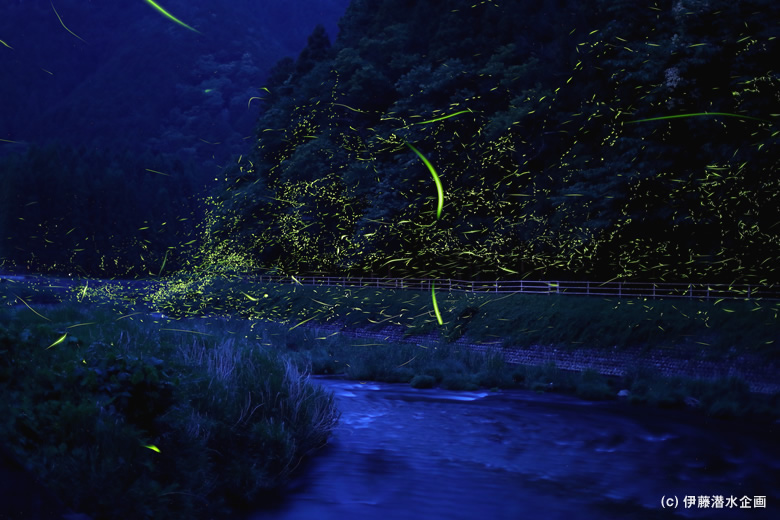
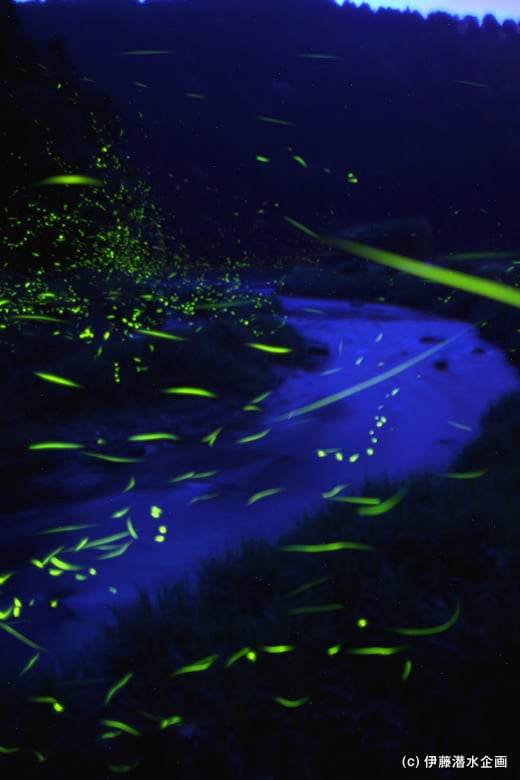
At 9:00 p.m., we will finish our observation of the genjibotaru and head over to see the himebotaru. This might be one of the only places in all of Japan where you’ll be able to survey two distinct species of fireflies within the span of one evening!
We’ll arrive at the himebotaru viewing spot within approximately one hour. The mountainous area where they reside is highly forested, filled with various trees, including Japanese cedars and bamboo. It is also inhabited by leeches, which will require some preparation and countermeasures on our part.

Genjibotaru emit their ray-like light for two seconds, after which they rest for another two seconds (interestingly, for variants of this species in East Japan, both intervals increase to four seconds). In comparison, the himebotaru flashes twice within the span of a single second. In thirty seconds, you’ll be able to see sixty flashes of their light, which leaves traces in the shape of a rod after it dissipates. To summarize the visual difference in how they emit their bioluminescent light, those of the genjibotaru resemble streaks, while those of the himebotaru are more like flickering dots.
In places where many himebotaru can be found, the mountains light up with their characteristic yellow tint, making for a simply stunning sight. The variants living in Gifu prefecture are most active late at night, so you’ll be able to see them between 10:00 p.m. and 02:00 a.m. This perfect timing means you can view them and the genjibotaru in one day!
By the time you return to your lodgings, we’ll have already crossed over into a new day, but we promise the late-night excursion is worth it—getting to see these two species of fireflies will be an unforgettable experience.
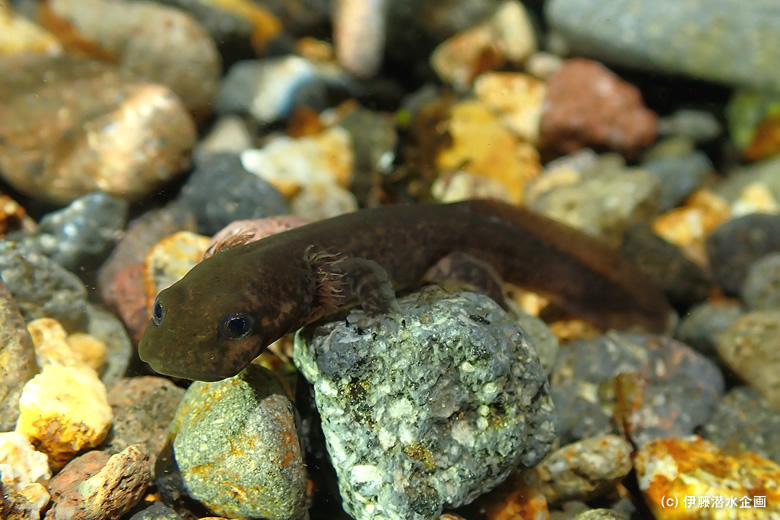
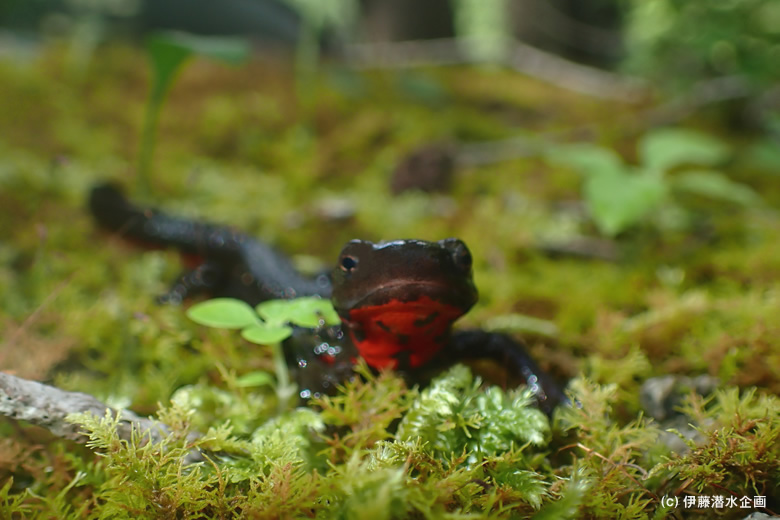
Depending on the schedule, we will be able to show you a wide variety of other wildlife as well! We can travel up to the river’s source and look for the larva of smaller salamanders (such as the Japanese clawed salamander and the Hida salamander), go after amago—a fish that only lives in the mountain streams of western Japan, spot the notoriously gluttonous mountain char, and admire all sorts of other aquatic insects and lizards.
As of late, many guests have begun to flock to the Wara river—both domestically and from all corners of the world. Even the number of repeat visitors has risen! We plan on continuing our tours of the area, in the hopes of bringing the joy of wildlife appreciation to even more eager enthusiasts. We greatly look forward to the day when we can meet you in the field and explore the Wara river together!
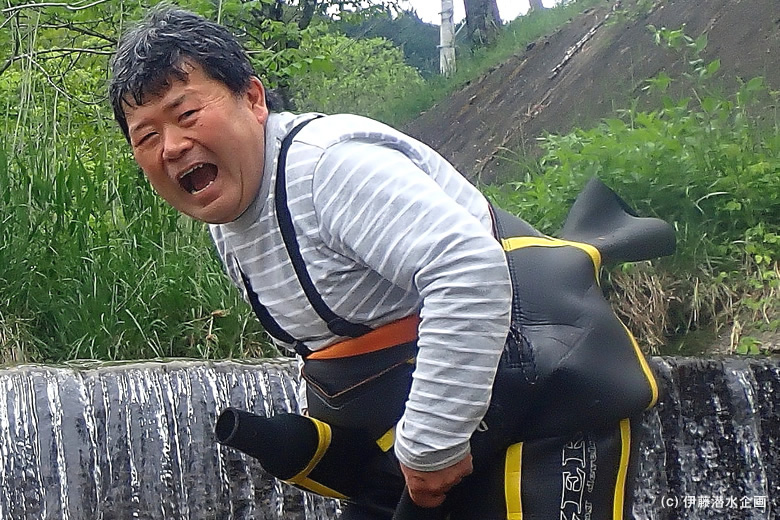 I’ll be waiting for you in the Wara river! -Yoshiro Ito
I’ll be waiting for you in the Wara river! -Yoshiro Ito
Text & Photo : Yoshihiro ITO
★Related tour:Japanese Giant Salamander and Dancing Fireflies
Underwater photographer and diving instructor. After a noteworthy diving experience in Iriomote Island, he became infatuated with the sea and went on to obtain his instructor’s license. Having dived in seas and rivers all across the world, he is still most fascinated by the rich ecosystem of the rivers in his home prefecture of Gifu. After resolving himself to become a guide for lesser-known, lesser-explored regions of the world, he established Itōsensuikikaku—or “Ito’s Diving Tours.” There, he plans and leads tours that showcase the various rich wildlife that inhabits rivers.
★Contact us to make arrangements for observation of Giant Salamander and Dancing Fireflies.
★Wildlife videos are also available on Youtube – we have the playlist as well.
Tags: Ito Sensuikikaku, Wildlife of Japan, Japanese fire-bellied newt, Japanese clawed salamander, Amphibians in Japan, Giant Slamander tour, Giant Salamander, Dancing Fireflies, Fireflies, Wara river, Yoshihiro Ito





